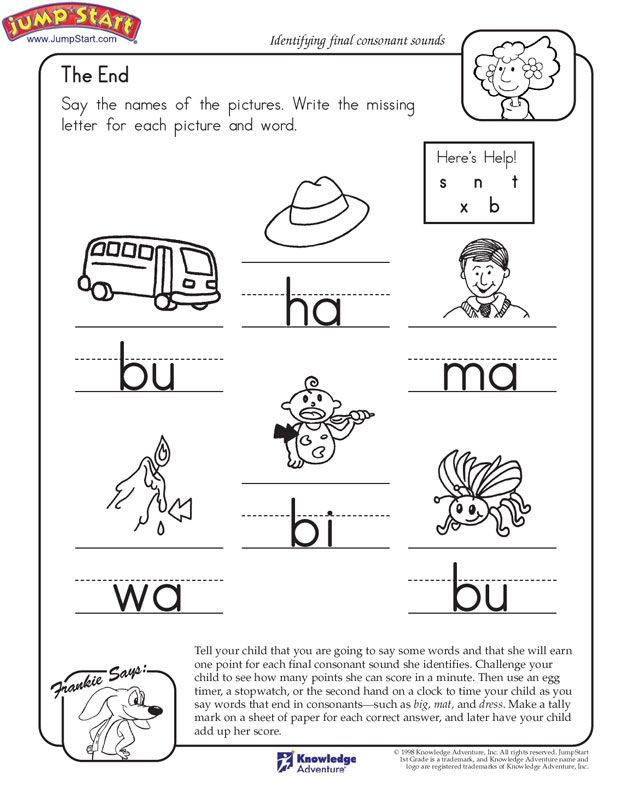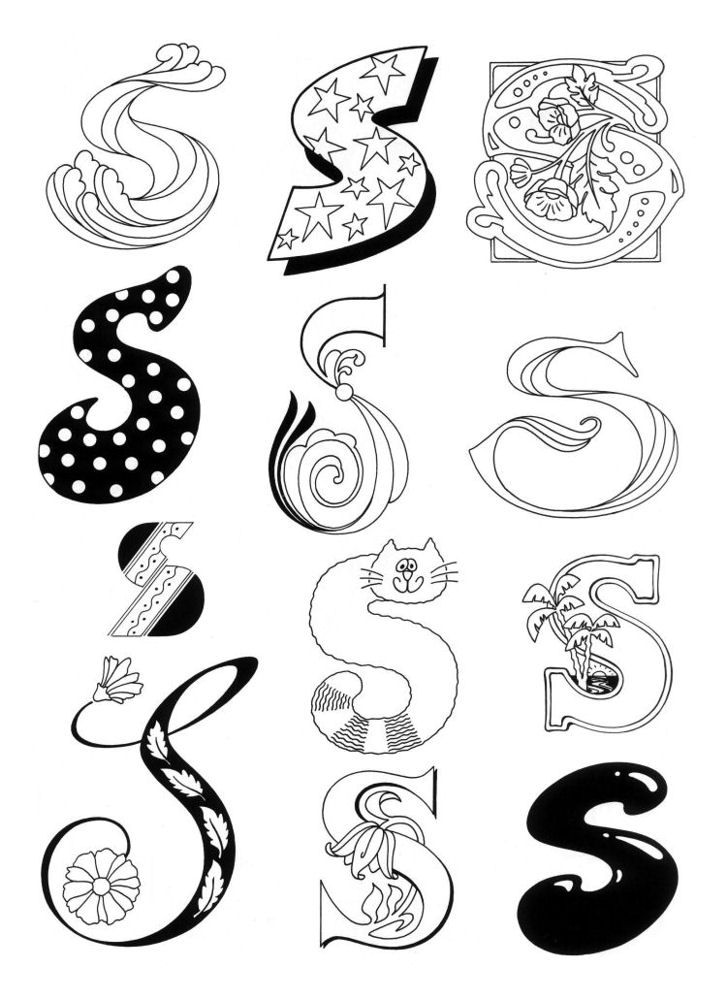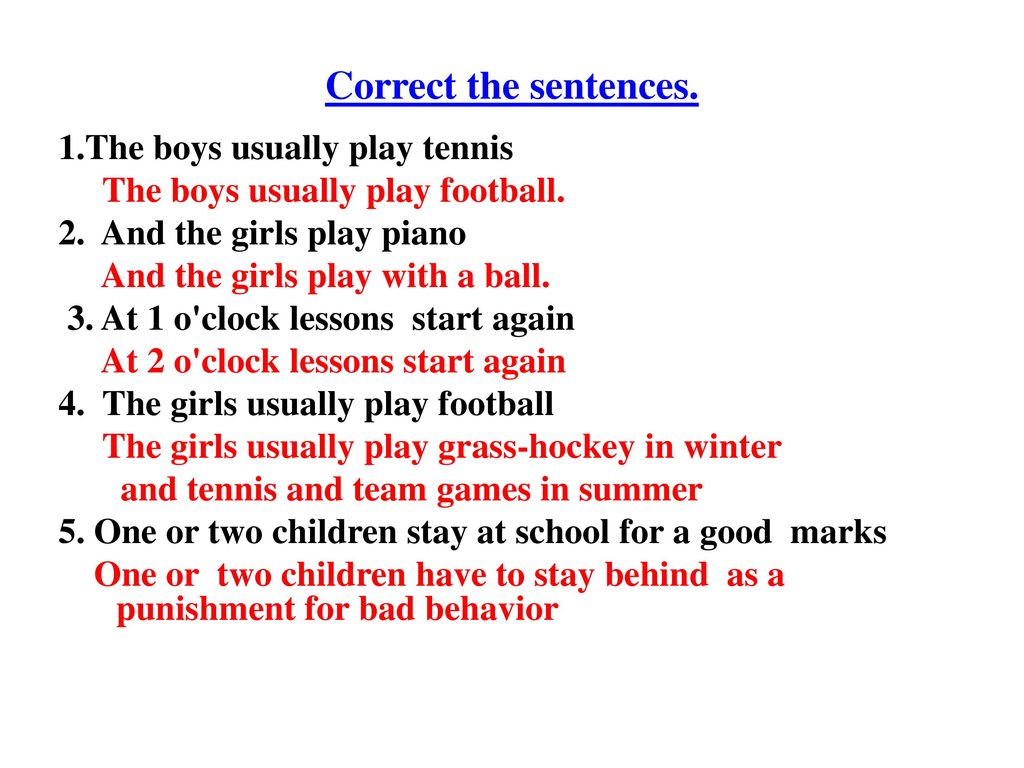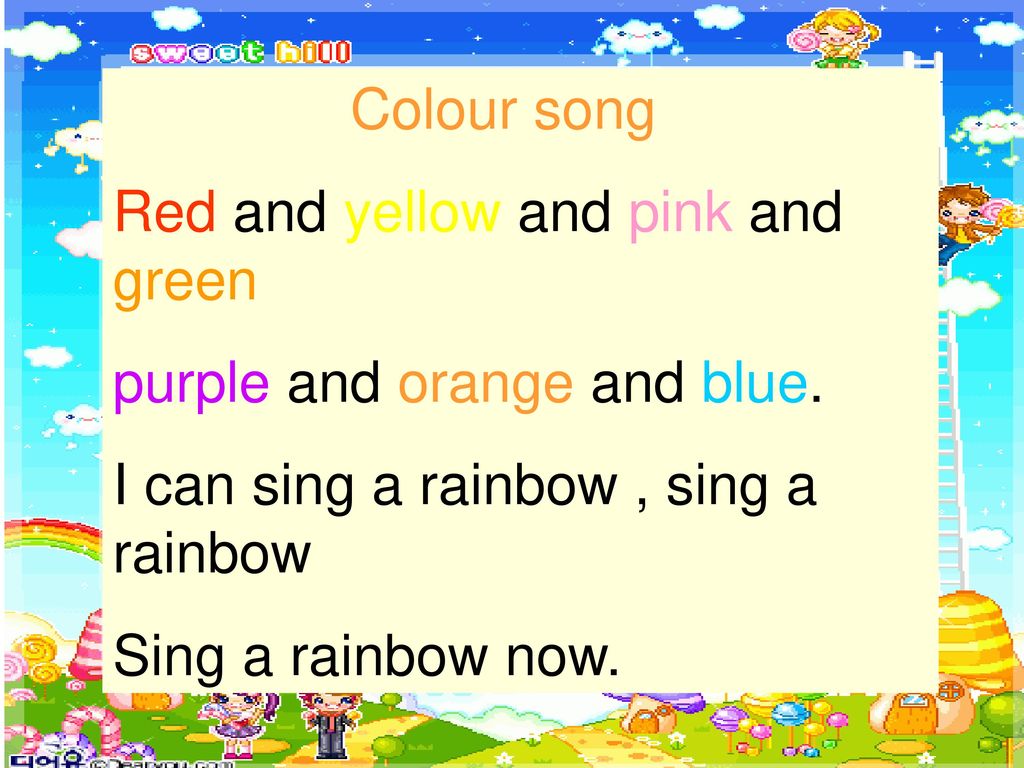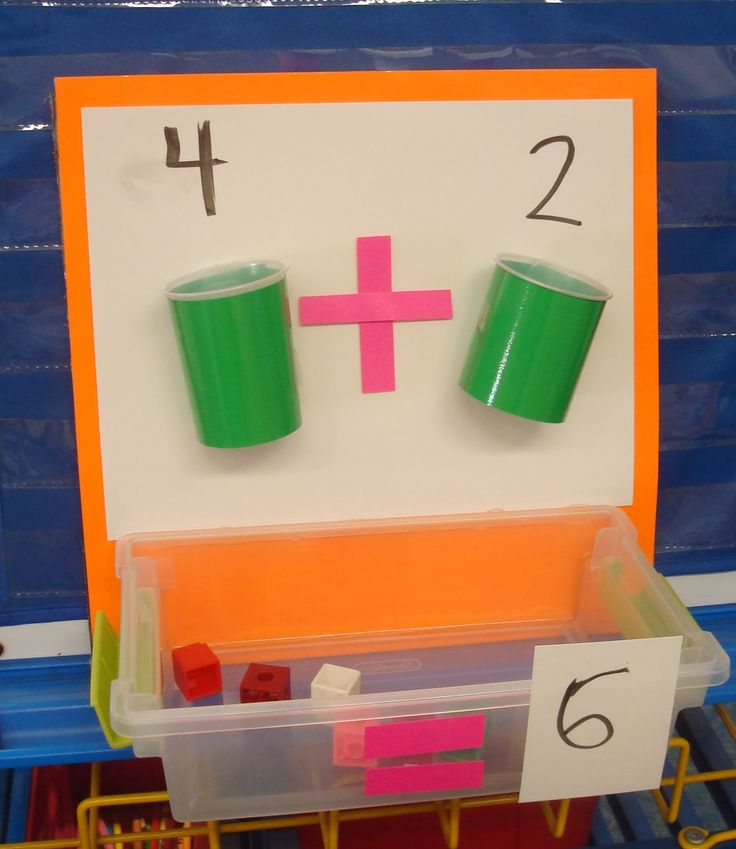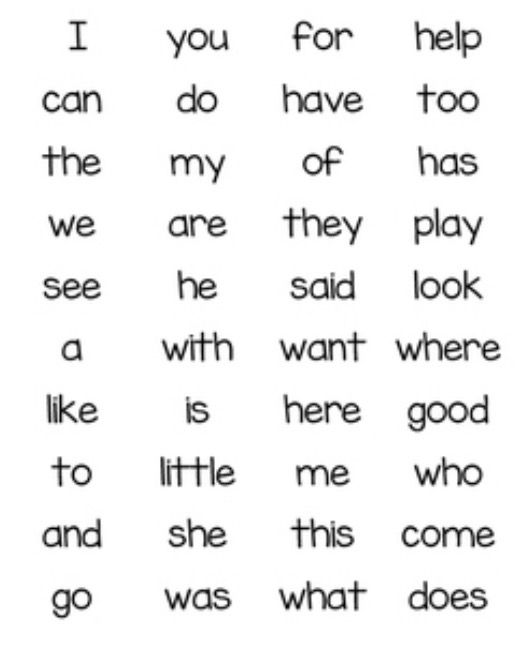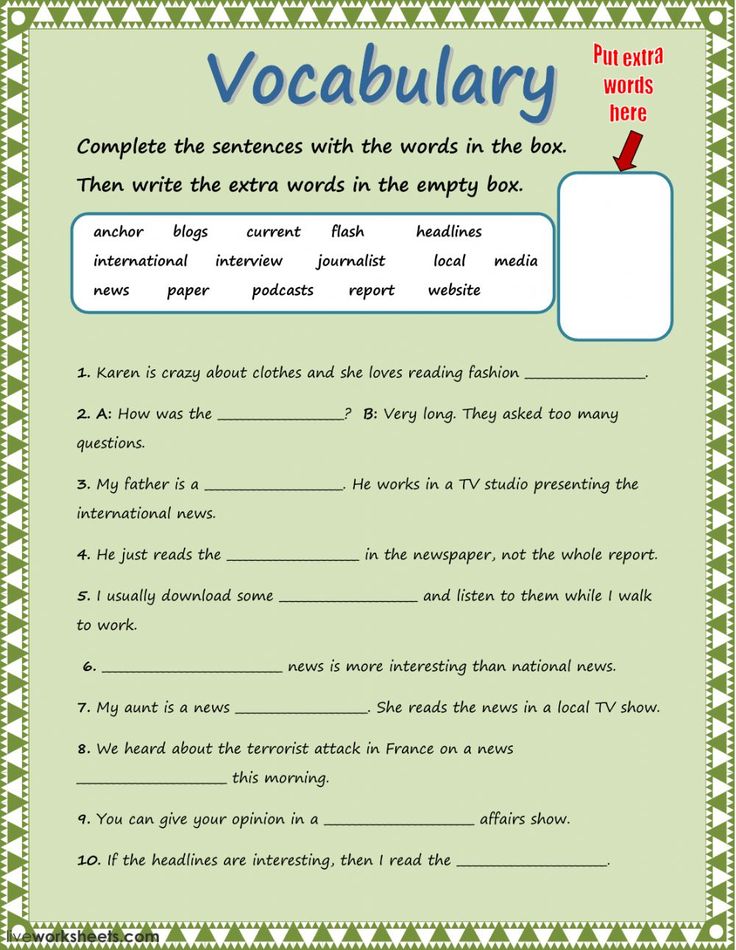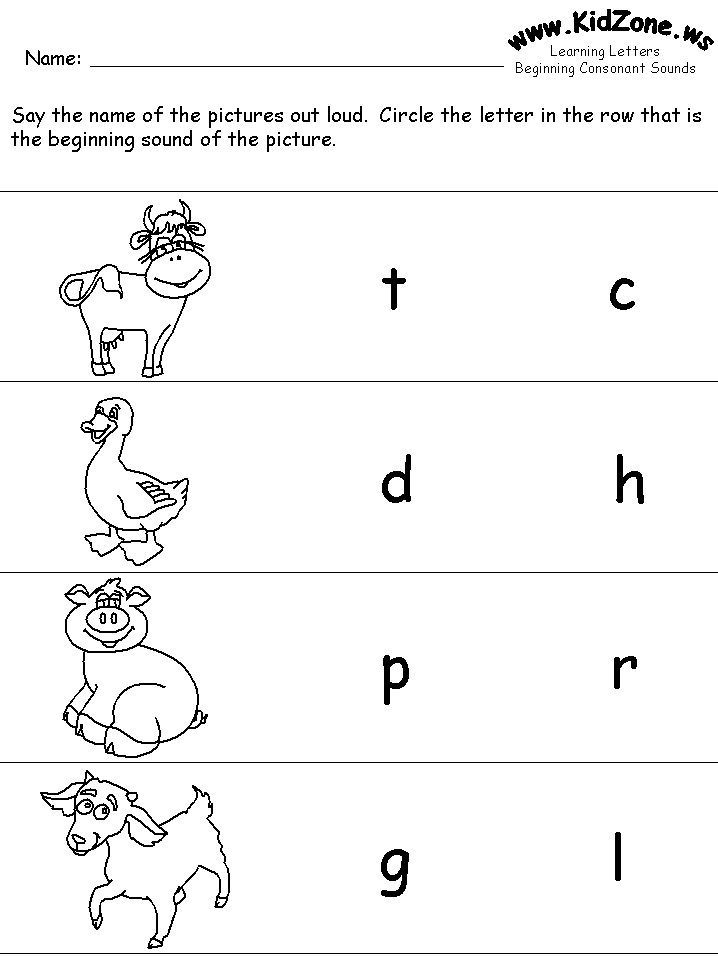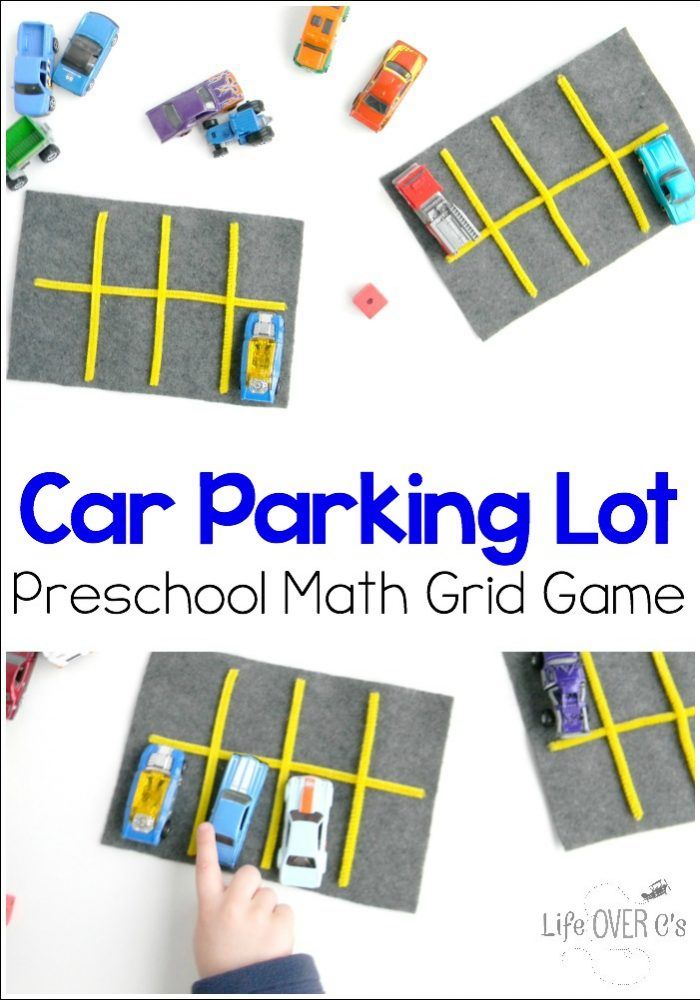English letter sound
Learn Pronunciation with Speak Method
The Sounds of the Alphabet: Learn Pronunciation with Speak Method| English Online with Speak Method |
|
| Online Classes | Pronunciation Facts | R, Th, T and other sounds | 500 Words Practice |
| Local Classes | Business Communication | TOEFL Prep | ESL Stories |
| Contact us | Vowel
Sounds |
Grammar and Idioms | For Young People |
With
this alphabet chart, understand how to say
the names of the letters and read about all the sounds of each letter
from the alphabet. These are the basic phonetic sounds for American English. To learn important sounds using free videos
online, go to Pronunciation in
English: 500 Words.
|
Letter |
Sound of Letter Name |
All sounds of letter |
Examples |
|
A, a |
ā-ee (long a to long e, also spell "ay") |
, ā, ah, ā-uh, uh |
cat, late, all, and, around |
|
B, b |
Bee |
buh |
bike |
|
C, c |
See |
kuh, suh |
cake, city |
|
D, d |
Dee |
duh |
did |
|
E, e |
Ee |
eh, ee, silent |
bed, free, late |
|
F, f |
Ef |
fuh |
fed |
|
G, g |
Jee |
guh, juh |
glad, large |
|
H, h |
ā-ch |
huh, silent |
hotel, what |
|
I, i |
ah-ee |
ah-ee, ĭ |
light, sit |
|
J, j |
Jay |
juh |
jump |
|
K, k |
Kay |
kuh |
kite |
|
L, l |
El |
luh, ul |
lot, full |
|
M, m |
Em |
muh |
mother |
|
N, n |
En |
nuh |
nest |
|
O, o |
ō (oh) |
ah, ō, uh, oo, ů |
hot, slow, computer, fool, good |
|
P, p |
Pee |
puh |
put |
|
Q, q |
Kyoo (kyū) |
kwuh |
quick |
|
R, r |
Ah-r |
ruh, ur |
race, stir |
|
S, s |
Es |
suh, zuh |
stick, is |
|
T, t |
Tee |
tuh, duh, N, silent, stopped tuh |
table, better, mountain, interview, hot |
|
U, u |
Yoo (yū) |
uh, yoo, oo, ů |
up, use, flute, full |
|
V, v |
Vee |
vuh |
very |
|
W, w |
Dubōyoo |
wuh, silent |
well, slow |
|
X, x |
Eks |
ks, zuh |
box, xylophone |
|
Y, y |
Wah-ee |
yuh, ee, ah-ee (i), ĭ |
yes, happy, try, cylinder |
|
Z, z |
Zee |
zuh |
zebra |
|
|
|
|
|
pronunciation English
pronunciation Learn More Sound American: Change Your Speech The 500 Common English Words What is a Vowel? English Free Online |
Speakmethod.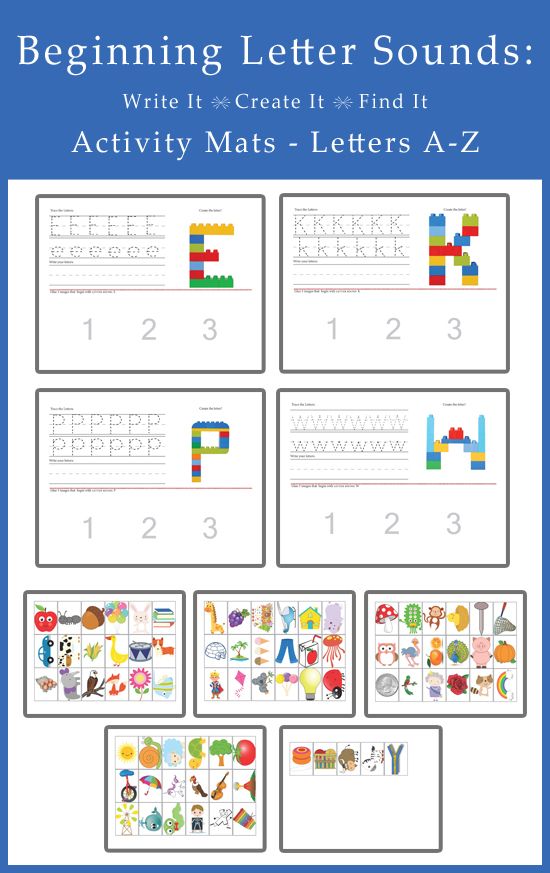 com: English
Pronunciation, Seattle, WA
com: English
Pronunciation, Seattle, WA
English online with Speak Method
» Sounds and letters
» Sounds and letters
Learning the building blocks of words - sounds, their spellings, and word parts
2 Replies
If you want to store a large, complex system such as the English spelling system in a finite human brain, you have to organise it well.
To organise something, you first need an organising principle or principles.
If you want to use the relationship between letters and sounds as your organising principle for spelling (and most sensible people do), you can start from the letters and work to the sounds, or start from the sounds and work to the letters.
Starting from the letters
There are 26 letters in the English alphabet, but English also has a whole stack of letter combinations that can represent individual sounds:
- Two letter combinations, like “oo” as in “book”, “er” as in “her”, “ph” as in “phone” and “ey” as in “key”
- Three letter combinations, like “igh” as in “high”, “dge” as in “bridge”, “tch” as in “catch” and “ere” as in “here”.
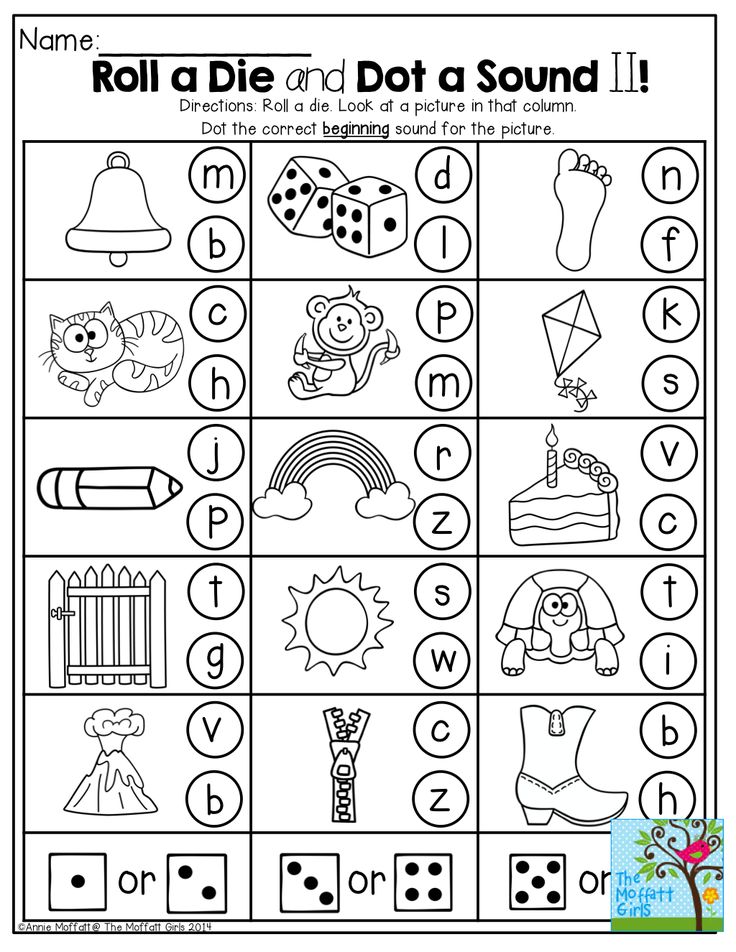
- Four letter combinations, like “eigh” as in “eight”, “aigh” as in “straight”, “augh” as in “caught”, and “ough” as in “bought”, “drought”, “dough”, “through”, “thorough” (but not “cough” or “tough”, where the “ou” and the “gh” represent different sounds, and just happen to be next to each other).
To add to the complexity, many letters and letter combinations can represent more than one sound, for example, the letter “y” represents four different sounds in the words “yes”, “by”, “baby” and “gym”. The spelling “ea” represents three different sounds in the words “beach”, “dead” and “break”.
As well as more common letter-sound patterns, there are letter-sound patterns that only occur in one or two words, like the “sth” in “asthma” and “isthmus”, and the “xe” in “axe”, “deluxe” and “annexe”.
It's an almost impossible task to use letters and letter patterns to organise your thinking about spelling, as there are simply so many of them and their relationships with sounds are so complex.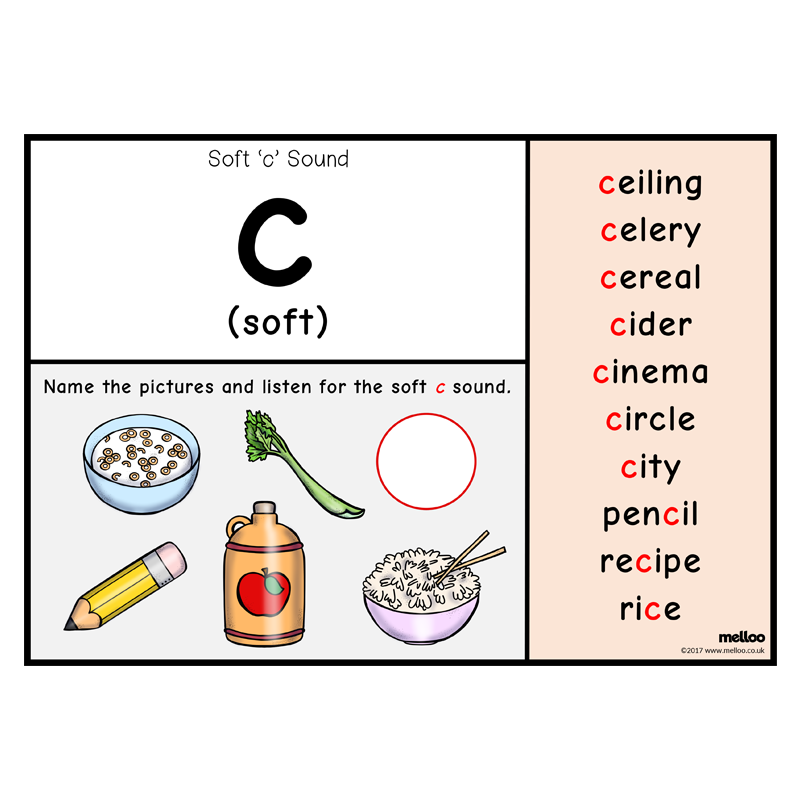
After a while it starts to seem that there must be thousands of sounds in English, whereas there are only 44[1] . So let's try using sounds as our organising principle.
Starting from sounds
The sounds of English are:
Three pairs of consonants made by stopping airflow in the mouth then letting it go:
- “p” as in pop, puppy and cantaloupe (voiceless lip sound).
- “b” as in bob, rubber, build and cupboard (voiced lip sound).
- “t” as in tot, butter, backed, joked, laundrette, torte, Thomas, receipt, debt, yacht, indict and pizza (voiceless tongue tip sound).
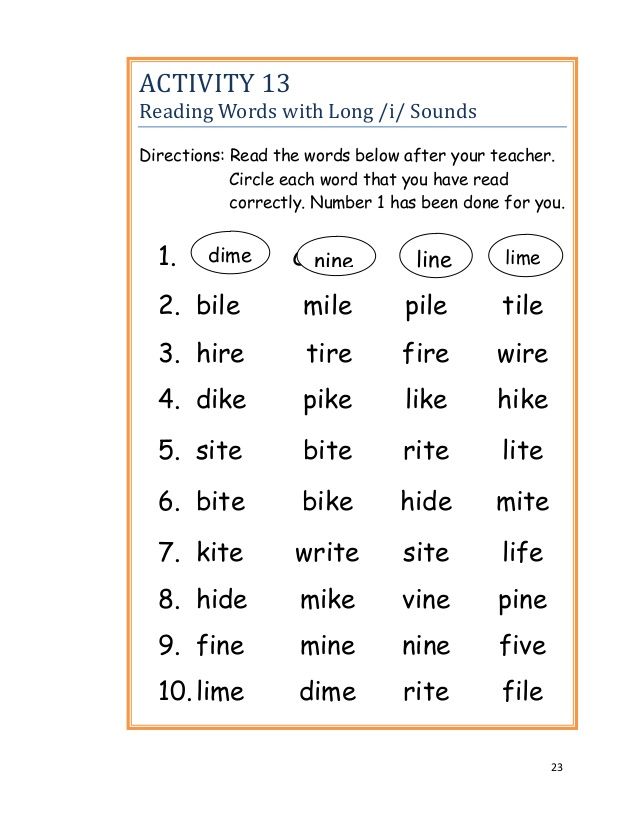
- “d” as in did, muddy, wagged, aide and jodhpurs (voiced tongue tip sound).
- “k” as in cot, king, luck, quit, chrome, mosque, khaki, liquor, accord, excel, Bourke, trekking, acquaint, racquet and zucchini (voiceless back of the tongue sound).
- “g” as in go, biggest, guide, ghoul and morgue (voiced back of the tongue sound).
Three pairs of consonants made through your nose using your voice:
- “m” as in mum, hammer, limb, autumn, programme and paradigm (lip sound).
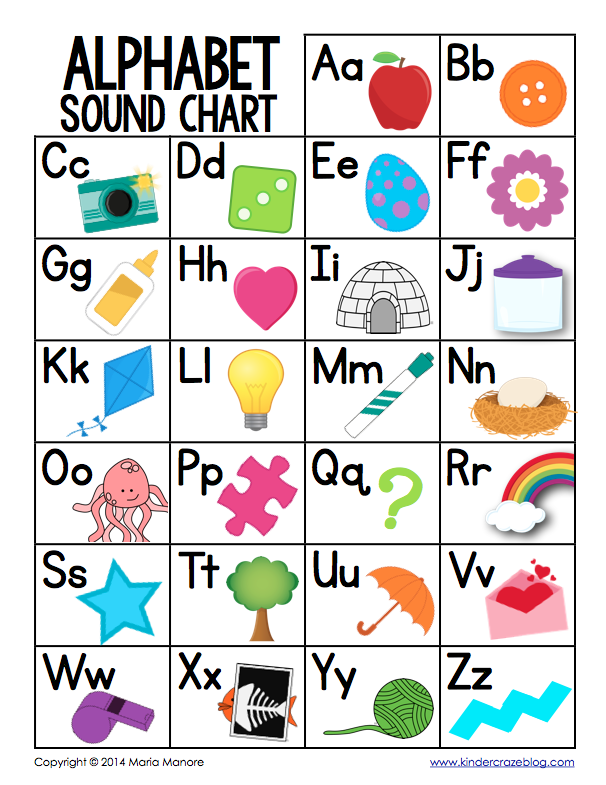
- “n” as in non, runner, know, reign, cayenne, pneumonia and mnemonic (tongue tip sound).
- “ng” as in wing, think and tongue (back of the tongue sound).
Four pairs of friction sounds made by squeezing air through narrow spaces in the mouth:
- “th” as in thin, Matthew and phthalates (voiceless tongue-between-teeth sound).
- “th” as in this and breathe (voiced tongue-between-teeth sound).
- “f” as in far, sniff, phone, cough, Chekhov, gaffe, carafe and often[2] (voiceless teeth on lip sound).
- “v” as in vat, love, skivvy, of, Stephen and Louvre (voiced teeth on lip sound).
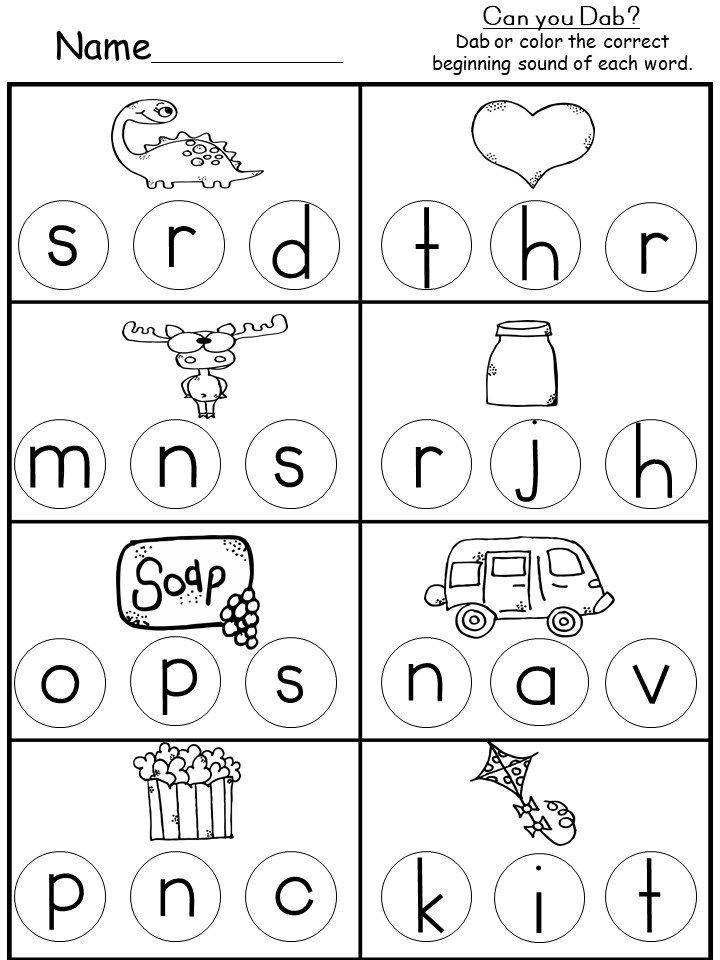
- “s” as in sell, city, voice, house, scent, pass, whistle, psychologist, quartz, coalesce, mousse, sword, asthma, and waltz.
- “z” as in zip, is, pause, dazzling, bronze, xylophone, dessert, business and tsar/czar.
- “sh” as in ash, lotion, passion, pension, facial, chef, schnitzel, moustache, ocean, sugar, appreciate, initiate, conscience, tissue, cushion, crescendo and fuchsia.
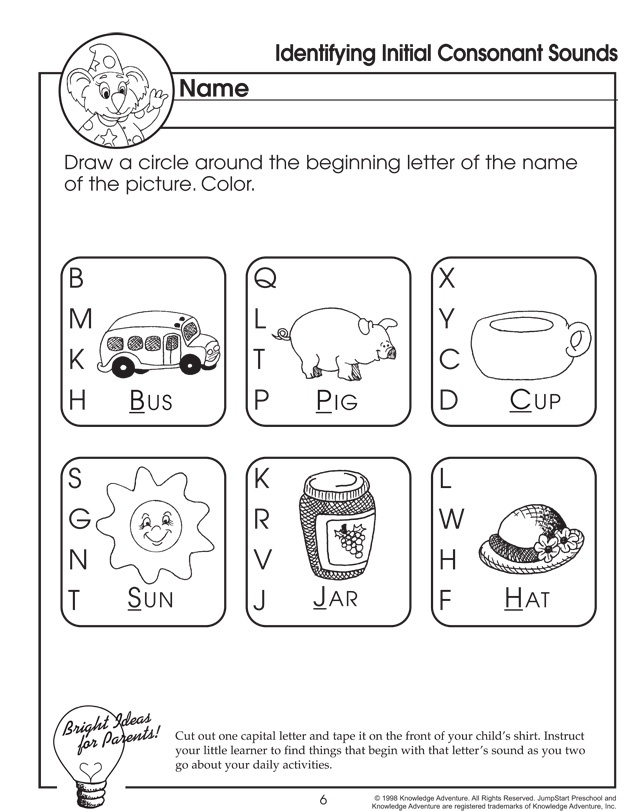
- “zh” as in beige, vision, pleasure, aubergine, déjà vu, seizure, equation and casuarina.
One pair of sounds made by stopping the air and then releasing it through a narrow space in the mouth:
- “ch” (a combination of “t” and “sh”) as in chair, hutch, creature, bocconcini, cappuccino, kitsch, luncheon, question, righteous, ciao and Czech.
- “j” (a combination of “d” and “zh”) as in jar, gem, sponge, ridge, budgie, religion, adjust, suggest, educate, soldier and hajj.
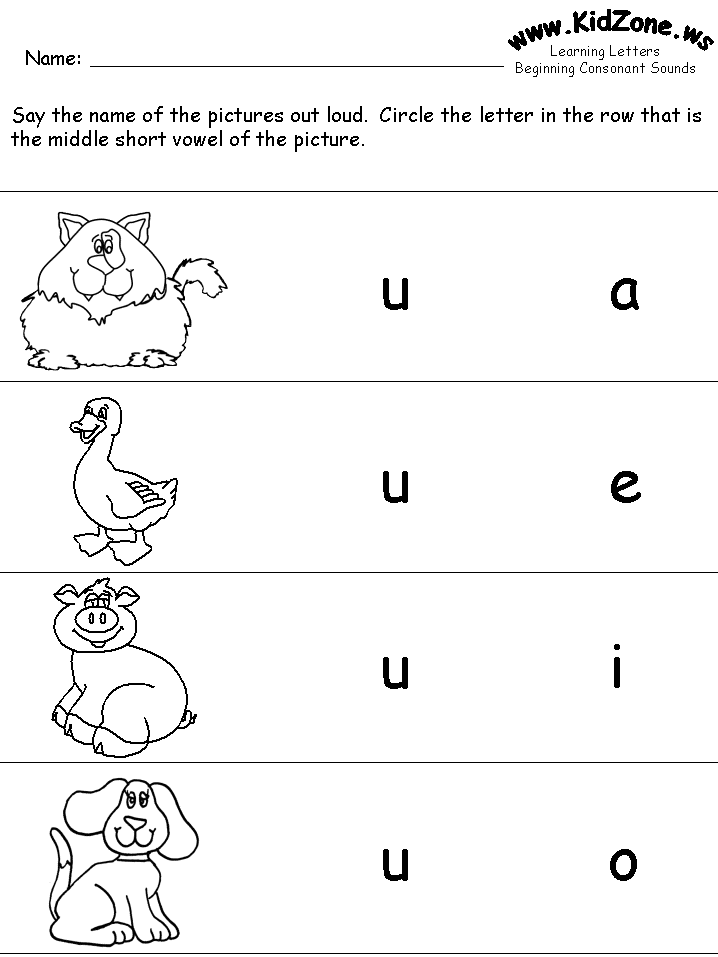
Four semi-vowels:
- “w” as in we, when, quack, one, marijuana and ouija.
- “y” as in yum, onion, hallelujah, tortilla and El Niño.
- “r” as in rip, wrist, barrel, rhubarb, diarrhoea and Warwick.
- “l” as in look, doll, grille, aisle, island and kohl.
One friction sound that has no pair:
- “h”, made by squeezing air through the back of your throat, as in hat, who, jojoba and junta.
So that makes 24 consonant sounds. Then there are 20 vowels:
Six “checked” vowels that require a consonant sound after them in English (sometimes called "short" vowels):
- “a” as in at, plait, salmon, meringue and Fahrenheit.

- “e” as in wet, deaf, any, said, says, friend, haemmorhage, leopard, leisure, bury and Geoff.
- “i” as in in, myth, passage, pretty, breeches, busy, marriage, sieve, women and bream.
- “o” as in on, swan, because, entree, cough, John, lingerie and bureaucracy.
- “u” as in up, front, young, blood, does and laksa.
- “oo” as in pull, good, could, wolf, tour and Worcestershire.

Six other vowels that are sometimes called “long vowels” (they're not really long, but they can be the last sound in a word):
- “ay” as in same, sail, say, danger, weigh, vein, they, café, reggae, great, purée, fete, straight, gauge, gaol, laissez-faire and lingerie.
- “I” as in like, hi, by, pie, high, type, chai, feisty, bye, height, kayak, eye, iron, maestro and naive.
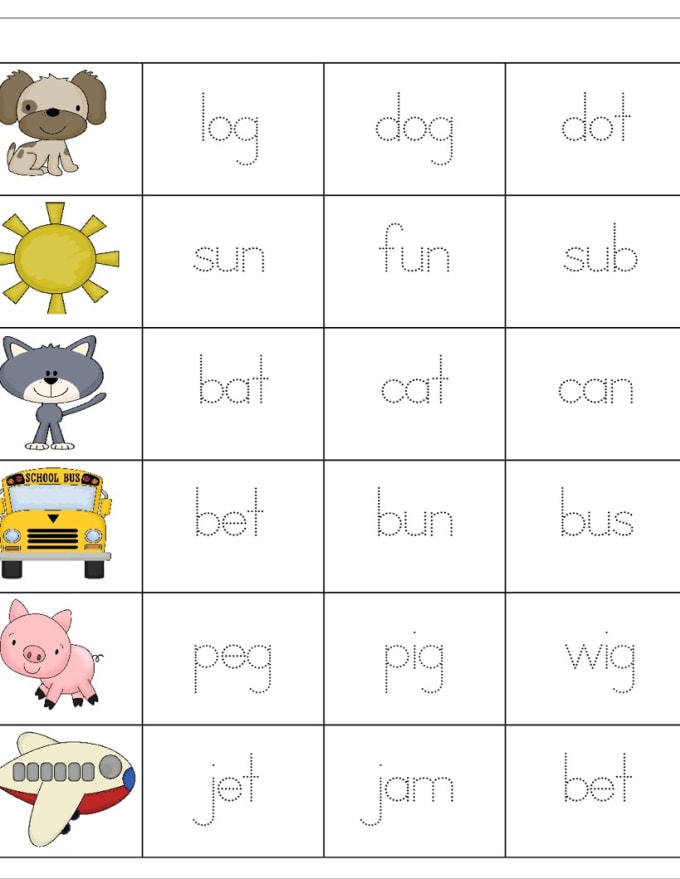
- “oh” as in rope, no, boat, goes, glow, plateau, soul, mauve, though, yolk, brooch, owe, sew and Renault.
- “ooh” as in food, June, chew, brutal, youth, clue, fruit, to, sleuth, shoe, roux, coup, pooh, through, two, manoeuvre and bouillion.
- “you” (a combination of “y” and “ooh”) as in use, few, cue, feud, tulip, beauty, pursuit, ewe and vacuum.
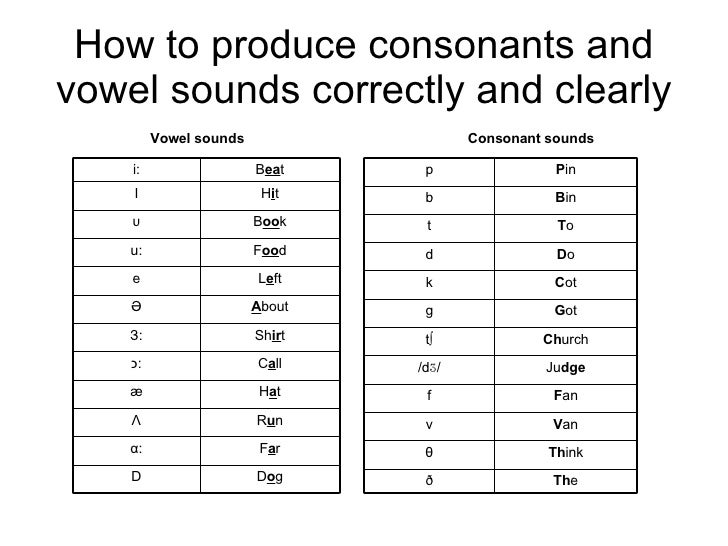
- “ee” as in bee, eat, field, me, these, jelly, taxi, turkey, ceiling, marine, paediatric, amoeba, quay, people, Grand Prix, fjord, ratatouille and Leigh.
Seven other vowels, some of which are called "r-controlled" vowels in some spelling books:
- “ar” as in arm, past, calf, blah, charred, are, baa, clerk, aunt, heart, bazaar and bizarre.
- “er” as in fern, curl, dirt, word, pearl, purr, err, whirred, slurred, masseur, journalist, milieu, were, colonel, myrrh, myrtle and hors d’oeuvre.
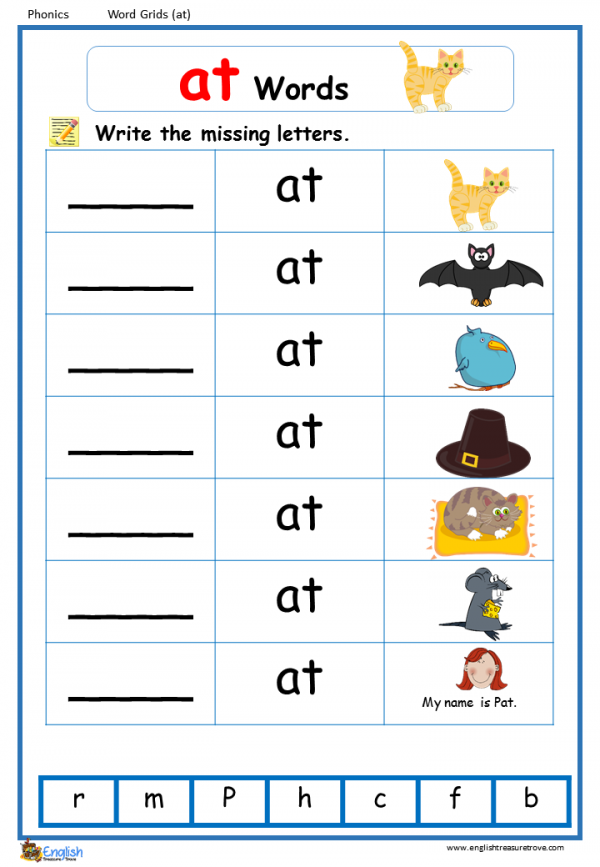
- “aw” as in saw, cord, more, court, faun, bought, wart, all, door, chalk, taught, board, dinosaur, baulk, sure, broad, awesome, you’re, corps, extraordinaire, hors d’oeuvre and assurance.
- “ou” as in out, cow, drought, kauri, Maori and miaow.
- “oy” as in boy, soil, Freud, lawyer and Despoja.
- “air” as in care, fair, pear, parent, aerial, solitaire, there, sombrero, heir, their, they’re, prayer, mayor and yeah.
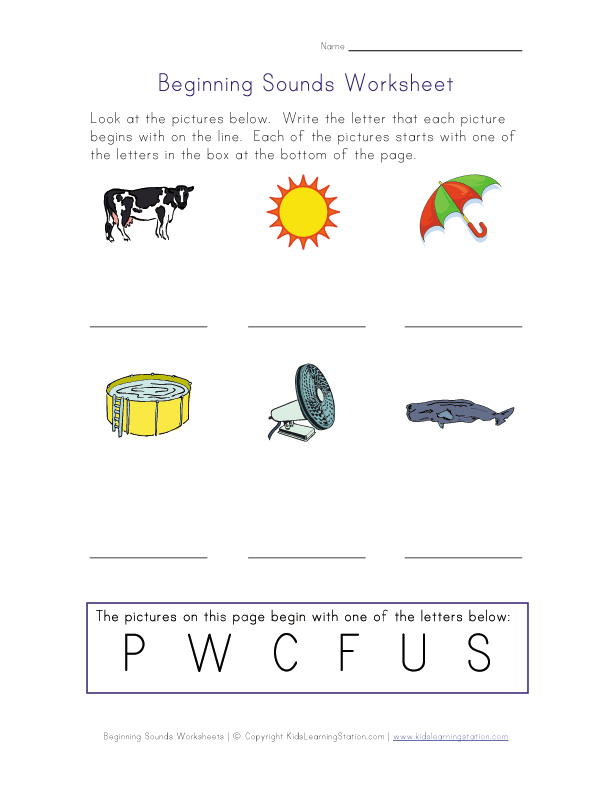
- “ear” as in dear, beer, tier, ere, bacteria, souvenir, Hampshire, weird and Shakespeare.
One unstressed vowel, heard mostly in multisyllable words:
- “uh” as in fire, super, metre, buzzard, tractor, odour, jealous, nature, mynah, violent, pencil, cherub, delicate, granite, purpose, minute, restaurant, aesthetic, martyr, mischievous, borough, portrait, foreign, papier-mache, cupboard, sulphur, porpoise, circuit, tapir…
The unstressed vowel also occurs in spoken sentences in small, grammatical words like "a" and "the".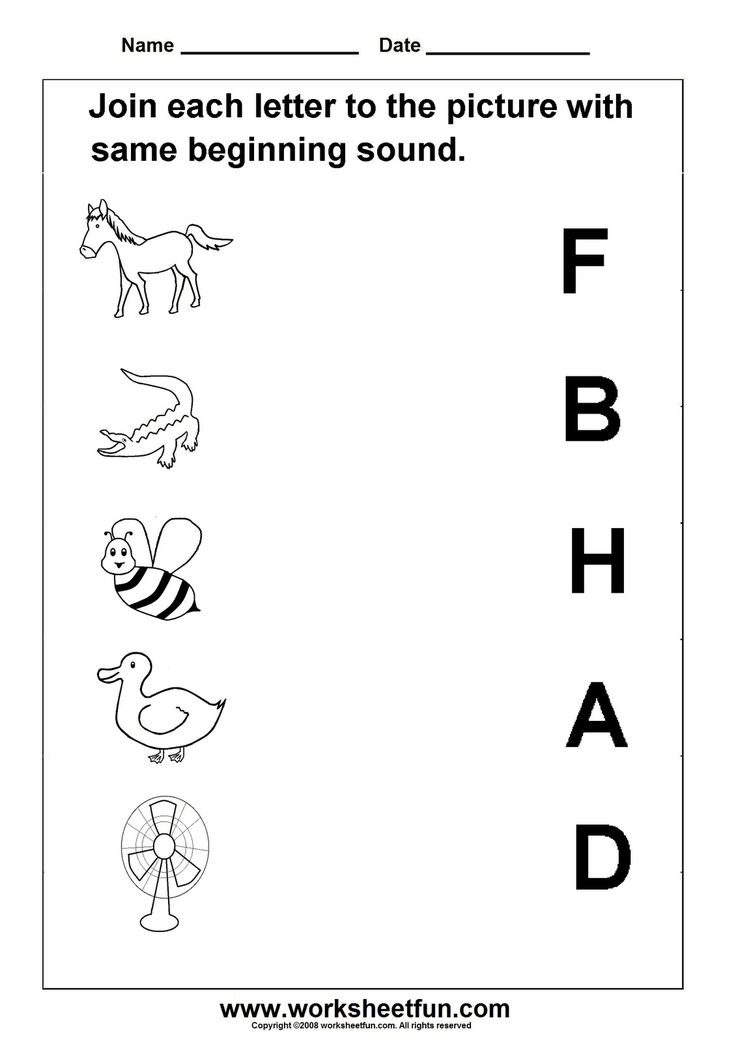 Because these words occur very frequently, this can be a source of much confusion about how basic vowels are spelt.
Because these words occur very frequently, this can be a source of much confusion about how basic vowels are spelt.
This is still a long list, but at least it's possible to put a lid on it, by teaching the main spellings for all the sounds in one-syllable words, then the main additional spellings in longer words.
Eventually you find you've got most words covered, and there's just a list of weird ones for each sound that don't follow any major pattern, and are therefore also memorable.
Learners can make up a spelling collection with a page for each sound, and list all the spellings they know in groups. In fact there are books you can buy for this purpose such as Soundasaurus, but I generally quibble with some of the categories, and prefer to use my own Spelling Collection. Crossings-out, sticky notes and/or extra pages added in later are good evidence that learners have been actively thinking and learning about the relationship between sounds and letters.
[1] Linguists will always argue about how many sounds there are in English, because the mouth is a mushy place without clear boundaries – for example, the “l” sound at the start of “look” is phonetically different from the one at the end of “hall”, and the sound “ay” in “play” and “ie” as in “time” are technically two sounds, but slicing things that finely doesn’t really help with learning spelling.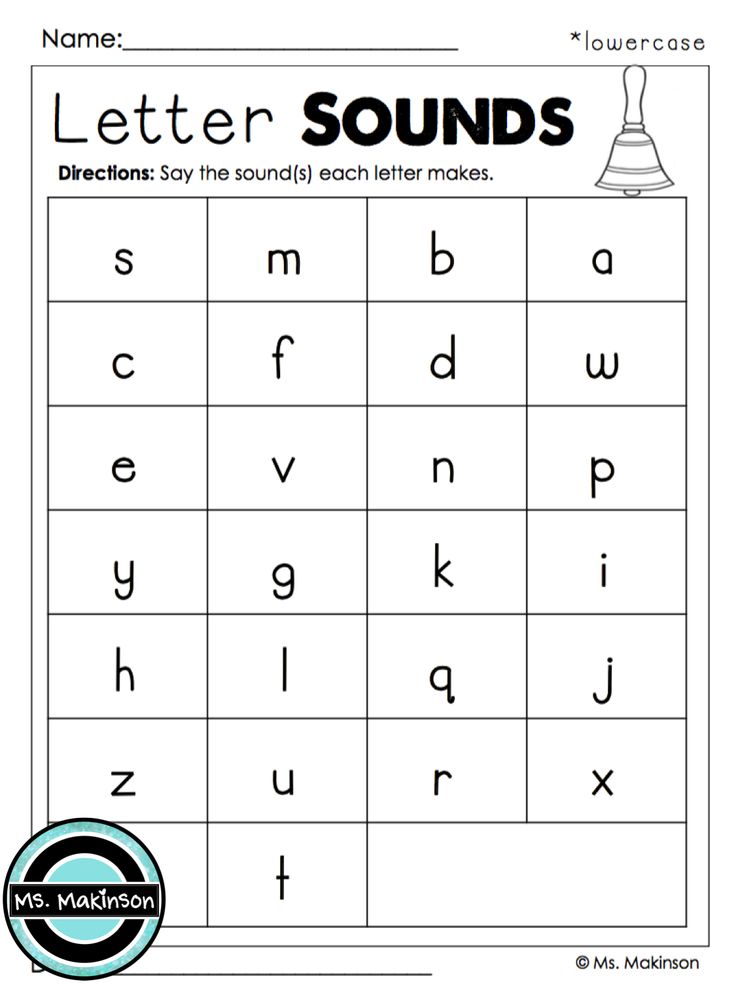 Most people say there are between 42 and 44 sounds for the purposes of teaching spelling (depending on whether you call "ear" and "air" separate spellings or not).
Most people say there are between 42 and 44 sounds for the purposes of teaching spelling (depending on whether you call "ear" and "air" separate spellings or not).
[2] and lieutenant if you speak British English, but actually this word comes from French and means someone standing in (in lieu) for the tenant or office-holder, so the American pronunciation (“loo-tenant”, not “leff-tenant”) is closer to the original French.
« Spelling rules
table, transcription and pronunciation, reading
Sounds that represent English letters - 44 English phonemes, which are divided into two categories: consonants and vowels. Since sounds cannot be written down, graphemes (letters or combinations of letters) are used to convey sounds in writing.
English alphabet
There are 26 letters in English. The standard English alphabet starts with a and ends with z.
The standard English alphabet starts with a and ends with z.
When classifying alphabetic characters, they distinguish:
- 5 pure vowels: a, e, i, o, u;
- 19 pure consonants: b, c, d, f, g, h, j, k, l, m, n, p, q, r, s, t, v, x, z;
- 2 semivowels: y, w.
Learning the English alphabet requires knowledge of both the symbol representing each letter and the phonetic sounds associated with that letter. Learning English phonetics is difficult. Only a small number of letters have no exceptions in the main sound.
In most cases each letter has several phonemes. The letter B sometimes sounds like bat (bet) or does not sound, for example, in the words crumb (krum), dumb (dam). The letter C sounds like "k" for cat (ket) or "c" for ceiling (si:ling), or "tch" for church (tche:tch). And the list of exceptions is endless.
Vowels
Vowels represent the main category of phonemes in English speech.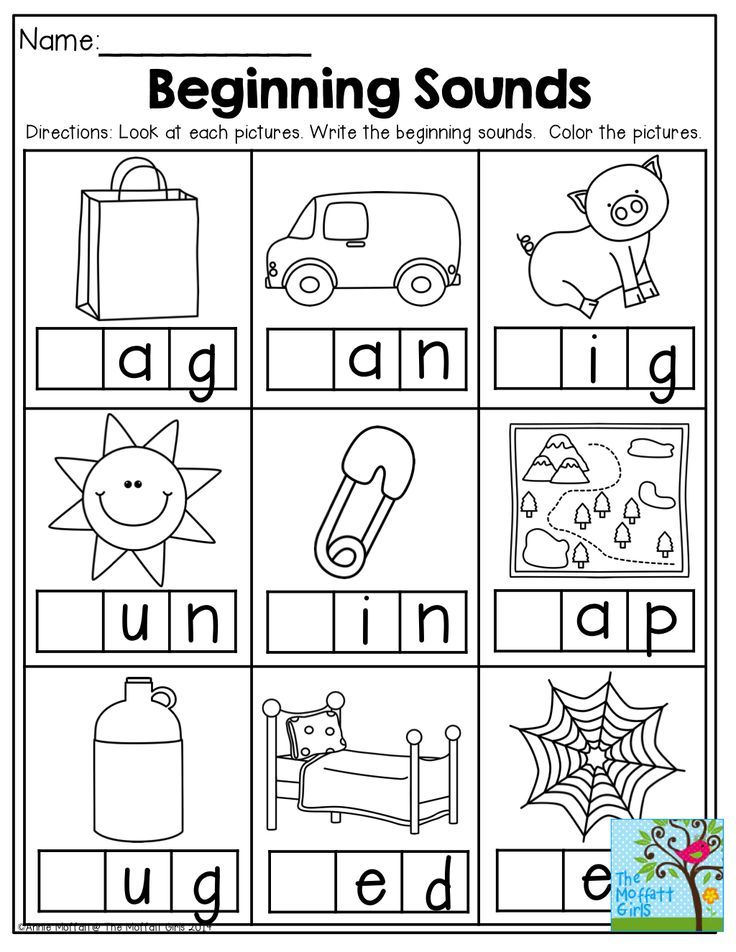 There are 20 vowels in spoken English. This discrepancy (in relation to literal characters) underlies the complexity of writing in English.
There are 20 vowels in spoken English. This discrepancy (in relation to literal characters) underlies the complexity of writing in English.
| Short | Long | Diphthongs |
| a [æ] | A (ā) [eı] | [eɪ] |
| e [ɛ] | E (ē) [i:] | [aɪ] |
| i [ɪ] | I (ī) [aı] | [ɔɪ] |
| o [ɒ] | O (ō) [ou] | [ɪə] |
| u [ʌ] | U (ū) [ju: ] | [eə] |
| [ʊə] | ||
| [əʊ] | ||
| [aʊ] |
Additional vowels are used for short and long vowels. For sounds a and e - when the vowel accompanies the sound r. For o, the options are varied.
ARVE Error: Mode: lazyload not available (ARVE Pro not active?), switching to normal mode
ARVE Error: src mismatch
provider: youtube
url: https://www.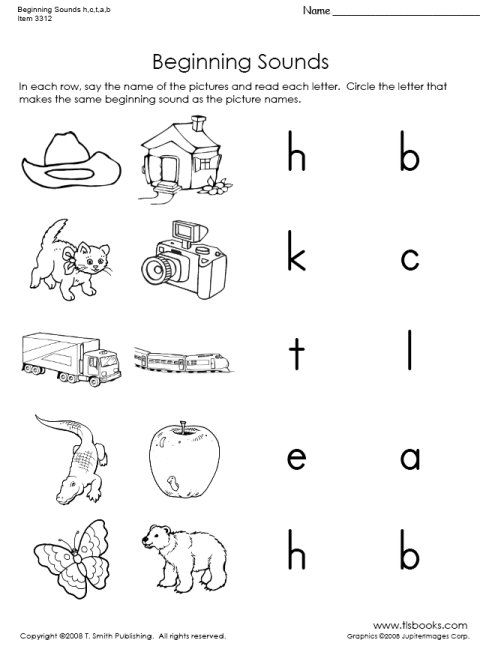 youtube.com/watch?v=CsD_pOrq0t8
youtube.com/watch?v=CsD_pOrq0t8
src in org: https://www.youtube-nocookie.com/embed/CsD_pOrq0t8?wmode=transparent&rel=0&feature=oembed
src in mod: https://www.youtube-nocookie.com/embed/CsD_pOrq0t8?wmode=transparent&rel=0
src gen org: https://www.youtube-nocookie.com/embed/CsD_pOrq0t8
Consonants
| Silent | Voiced | Other |
| p | b | c |
| t | d | h |
| k | g | j |
| f | v | l |
| s | z | m |
| n | ||
| q | ||
| r | ||
| w | ||
| x | ||
| and |
Alphabetical order
Transcription and stress
Phonetic transcriptions tell about the pronunciation of words.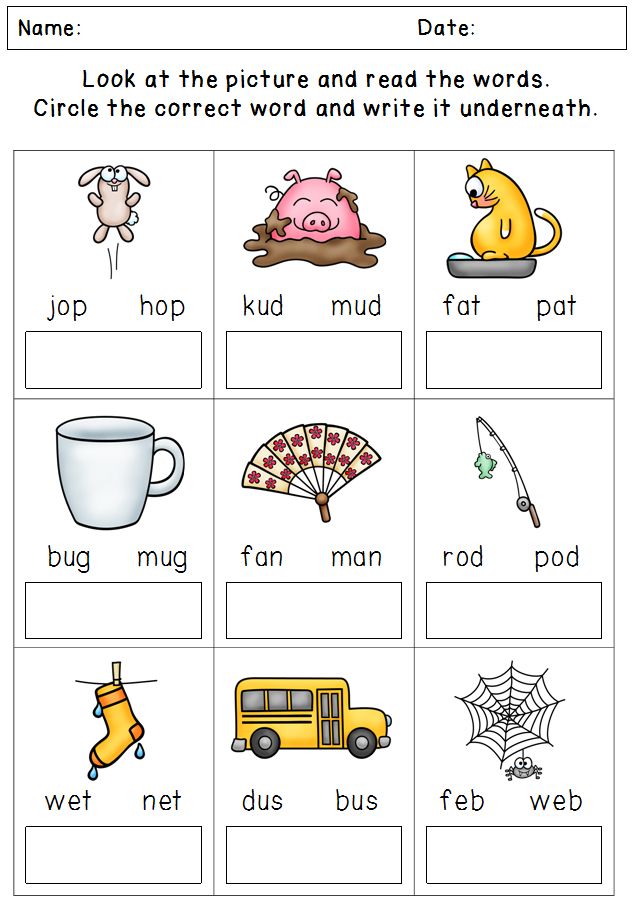 In English dictionaries, this is a necessary condition, since the spelling does not say how the word is pronounced.
In English dictionaries, this is a necessary condition, since the spelling does not say how the word is pronounced.
Phonetic transcriptions are written in the International Phonetic Alphabet (IPA), in which each English sound is assigned its own symbol. For example, the IPA-based phonetic transcription of the word home is /hoʊm/, the transcription of come is /kʌm/, despite the fact that the spelling of the words is similar (both end in –ome), but are transcribed with differences.
| Vowels | Consonants |
| - | b |
| ɑ: | d |
| æ | f |
| e | g |
| ə | h |
| ɜ:ʳ | j |
| ɪ | to |
| i: | l |
| - | m |
| ɔ: | n |
| - | ŋ |
| u: | p |
| aɪ | r |
| aʊ | s |
| eɪ | ʃ |
| or | t |
| tʃ | |
| eəʳ | θ |
| ɪəʳ | to |
| ʊəʳ | v |
| w | |
| z | |
| - | |
| dʒ |
The rules do not fully cover aspects of stress in English words.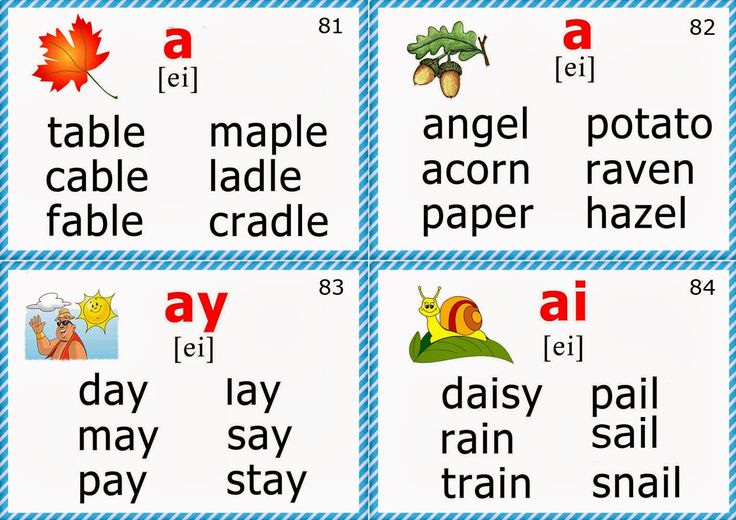 The language is characterized by the presence of exceptions, and the English themselves make mistakes, especially in polysyllabic words.
The language is characterized by the presence of exceptions, and the English themselves make mistakes, especially in polysyllabic words.
But obviously some basic rules still apply:
- In 80% of two-syllable nouns and adjectives, the stress falls on the first syllable: PURple, PREsent, CARton, TABle, CLEver, CHIna.
- Most verbs and two-syllable prepositions have the stress on the second syllable: reLAX, beCIN, deCIde, betWEen.
- The English language has many two-syllable words of the same spelling that will refer to nouns or verbs depending on whether the stress falls on the first or second syllable. For example, PREsent as a noun, but if the second syllable of preSENT is emphasized, it becomes a verb, or OBject and obJECT.
- The stress falls on the syllable before the suffix if the "ending" begins with i or u: -ion, -ual, -uous, -ial, -ient, -ious, -ior, -ic, -ity, etc.
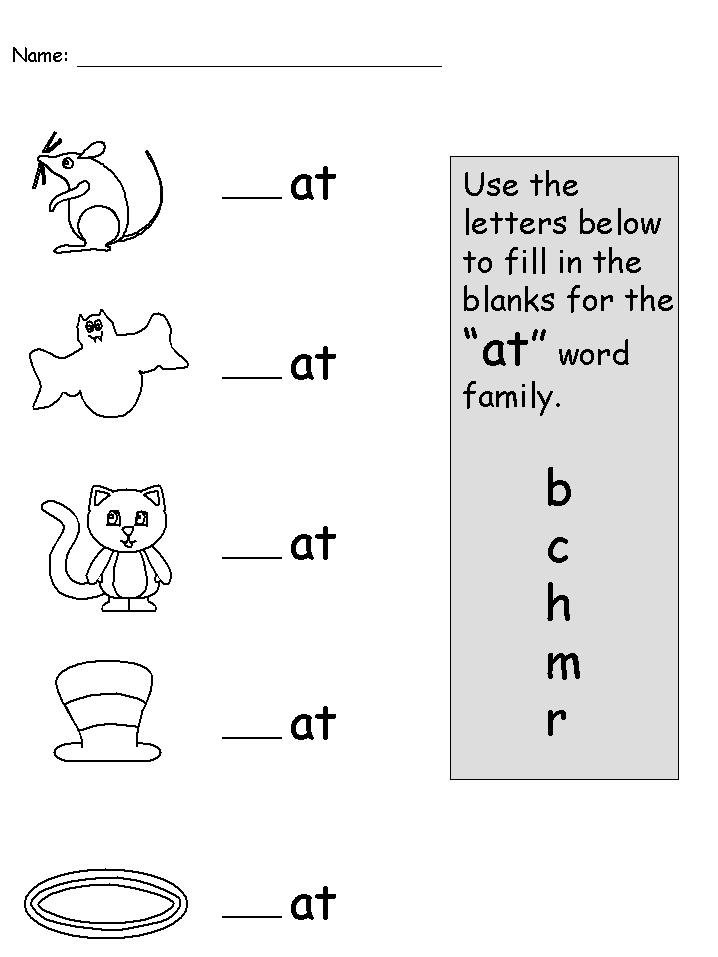 . Examples: sufFICient, explaNAtion, residual, geoGRAPhic. The exceptions are -ist, -ism, -ize, and -ing.
. Examples: sufFICient, explaNAtion, residual, geoGRAPhic. The exceptions are -ist, -ism, -ize, and -ing. - Other suffixes do not affect word stress: -al, -ous, -ly, -er, -ed, -ist, -ing, -ism, etc. The stress falls on the first syllable. ORderly, Silently
- Words ending in consonants or y are stressed on the first syllable: RARity, OPtimal.
Prefixes in two-syllable words are not stressed except in certain nouns or adjectives. Two-syllable nouns beginning with a prefix are studied individually.
English consonants
There are fewer consonants in the English alphabet than there are consonants. Therefore, digraphs like "ch", "sh", "th" and "zh" are used to expand the alphabet, and some letters and digraphs represent more than just one consonant. For example, the sound written "th" in this is transcribed as /ð/, and "th" in thin is /θ/.
English consonants are classified by their combination of functions:
- Way of articulation (how air leaves the vocal tract).
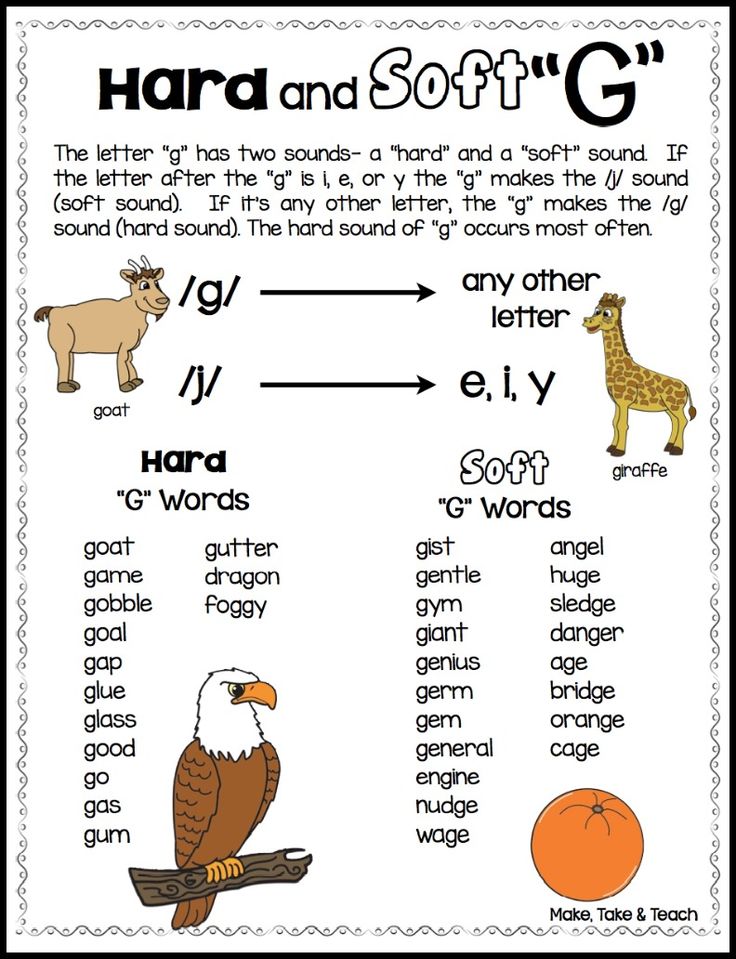
- Place of formation (which authorities are involved).
- Phonation (how vocal chords vibrate).
- Voicing start time (time of sounds formation), aspiration is part of the function.
- Air flow mechanism (how air moves through the vocal tract).
- Length (how long a consonant is blocked) is a feature of the English language, such as wholly /hoʊlli/ and holy /hoʊli/.
- Articulation power.
In addition, there is a function "silent alveolar stop" , /t/ when the airflow mechanism is lowered.
According to the method of formation, consonants are divided into:
- Proximants: j, w, r.
- Nine fricative consonants: f, v, θ, ð, s, z, ʃ,ʒ,h.
- Lateral approximant: l.
- Two affricative sounds: tʃ and dʒ.
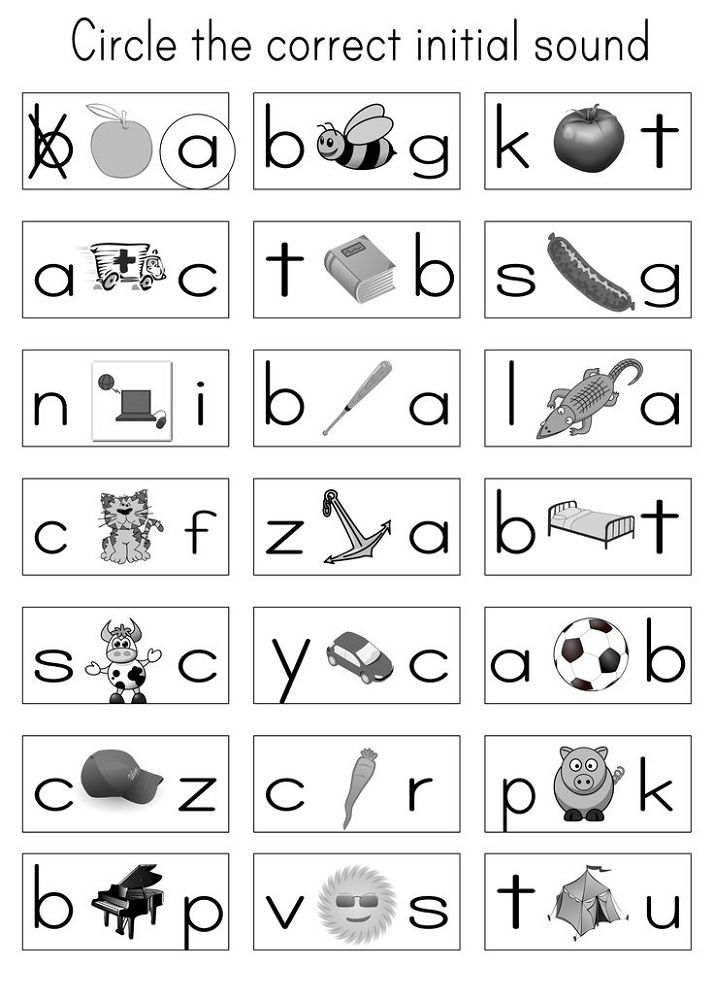
- Six plosives: p,b, t, d, k, g.
- Nasal consonants: m, n, ŋ.
The sound - [x] - a voiceless fricative - is non-standard for the English language. Although in some original words, such as ugh (ugh!), Is an additional marker of irritation. In writing, the fricative is represented as "gh".
Are you tired of learning English for years?
Our readers recommend trying 5 free lessons of the course "ENGLISH TO AUTOMATIC" with Anastasia Bozhok.
Those who attend even 1 lesson learn more than in a few years! Surprised?
Get 5 free lessons here...
No homework. Without teeth. Without textbooks
From the course "ENGLISH TO AUTOMATIC" You:
- Learn how to write good sentences in English without learning grammar
- Learn the secret to a progressive approach that can reduce your English learning from 3 years to 15 weeks
- You will check your answers instantly + get a thorough analysis of each task
- Download dictionary in PDF and MP3 formats , learning tables and audio recording of all phrases
Get 5 free lessons here
Features of English consonants
A consonant combination is a set of two or three consonant letters that retain their original sound when pronounced.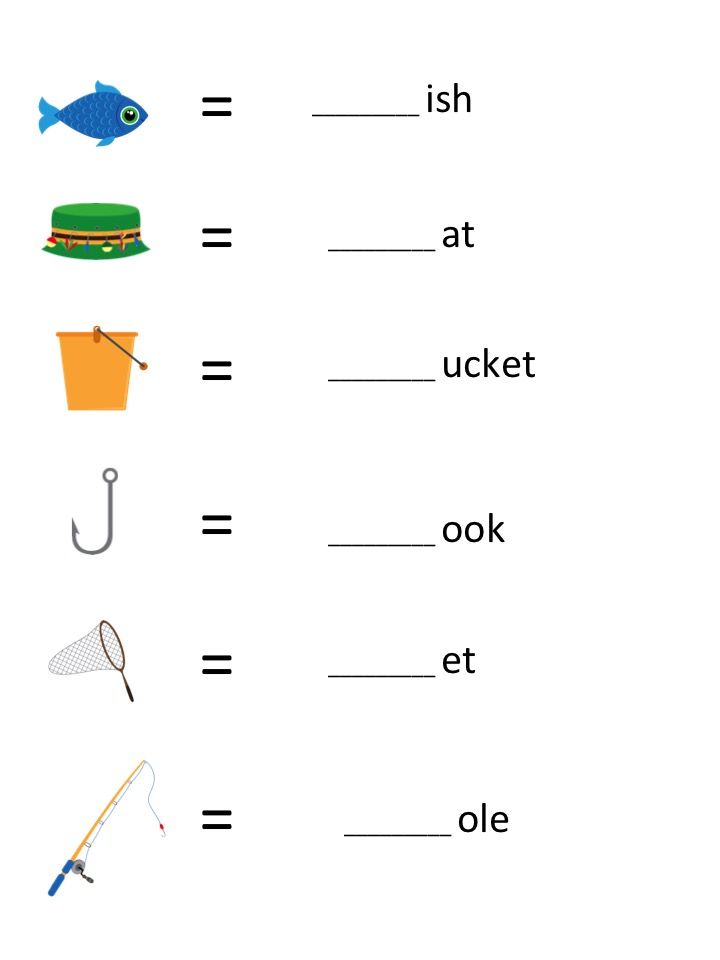 Such sets occur either at the beginning or at the end of a word. For example, the word brave, in which both "b" and "r" are pronounced, is the initial combination. In the word bank "-nk" is the final combination.
Such sets occur either at the beginning or at the end of a word. For example, the word brave, in which both "b" and "r" are pronounced, is the initial combination. In the word bank "-nk" is the final combination.
Classification:
- Initial combinations are classified into sets with "l", "r", and "s". In "l", the combination ends with "l". An example would be the letters "bl" in the word blind. Similarly, the final sound in "r" in combination with "r" when "br" and "cr", for example, in the words bridge, crane. On the contrary, in "s" it starts with s, "st" and "sn" - stap, snail.
- End combinations are grouped into sets with "s", "l" and "n": -st, -sk, -ld, -nd, -nk. Examples, first, desk, gold, sand, sink.
ARVE Error: Mode: lazyload not available (ARVE Pro not active?), switching to normal mode
ARVE Error: src mismatch
provider: youtube ?v=4BKtACTWlfo
src in org: https://www.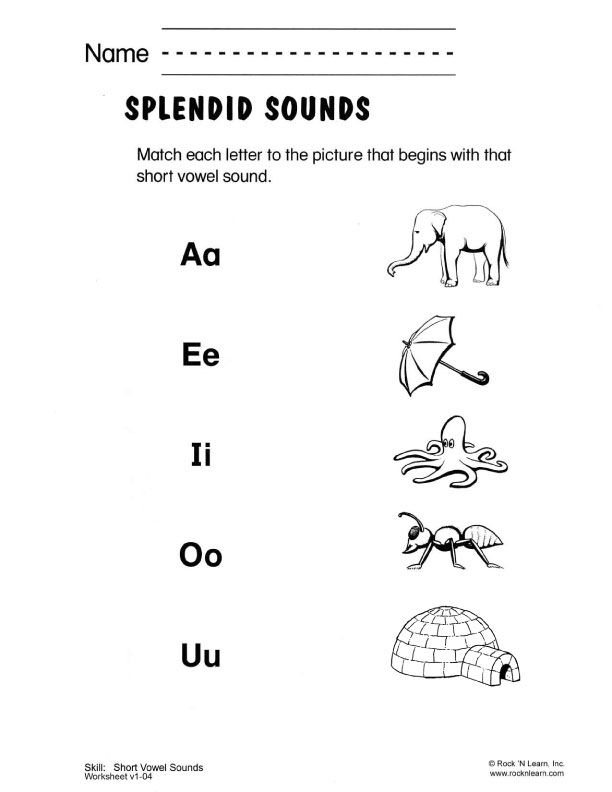 youtube-nocookie.com/embed/4BKtACTWlfo?wmode=transparent&rel=0&feature=oembed
youtube-nocookie.com/embed/4BKtACTWlfo?wmode=transparent&rel=0&feature=oembed
src in mod: https://www.youtube-nocookie.com/embed/4BKtACTWlfo?wmode=transparent&rel=0
Consonant digraphs refer to a set of consonants forming one sound. Some digraphs are both at the beginning and at the end of the word - "sh", "ch" and "th". There are also strict initial and final digraphs - "kn-" and "-ck".
Examples of digraphs:
| Ch- | -ch |
| Kn- | - ck |
| Ph- | -sh |
| Sh- | -ss |
| Th- | -th |
| Wh- | -tch |
| Wr- |
Features of digraphs:
- In some cases, consonants become unpronounceable: letter b following m; k before m; b and p before t. Examples of words, dumb, know, debt, receipt.
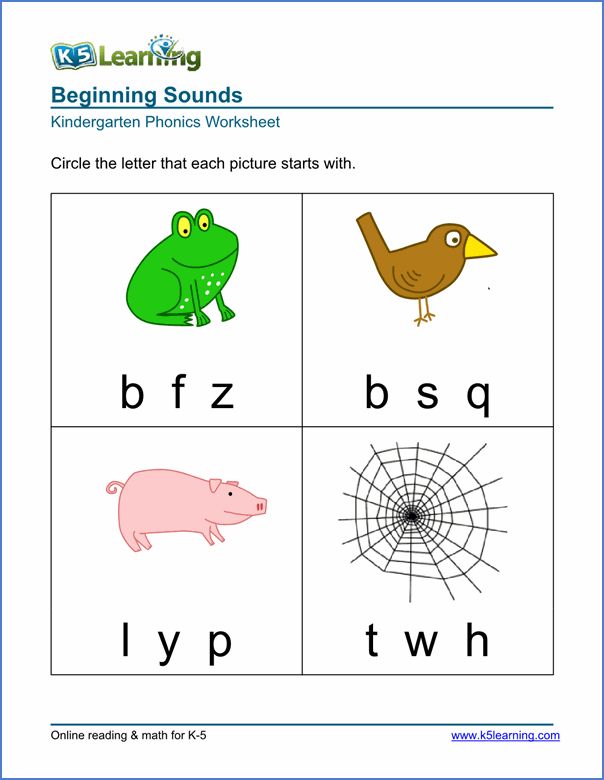 The letter l is often silent, for example, in the words walk, could, palm, psalm, but in words its presence changes the sound of the previous vowel.
The letter l is often silent, for example, in the words walk, could, palm, psalm, but in words its presence changes the sound of the previous vowel. - If a double consonant appears in a word, it is pronounced as one sound - ball or summer
- In English, /h/ occurs as a one-letter grapheme (either silent or representing a voiceless glottal fricative consonant). There is also a letter in different digraphs, ch, gh, ph, sh, wh. The letter is silent in the words: ah, ohm, dahlia, cheetah, pooh-poohed, hour, honest, vehicle, herb (in American English, but pronounced in British). The initial /h/ is expressed in some function words (had, has, have, he, her, him, his).
English Consonant Pronunciation Chart
[ŋ] is sometimes followed by the sound [g]. [ŋ] if "ng" is at the end of a word or a related word (sing, singer, thing), to "-ing", which translates verbs into participles or gerunds. [ŋg], if "ng" is not at the end of a word or in related words, also in comparative degrees (longer [lɔŋgə], longest). movement of the tongue close to the alveolar ridge, but without touching it Each English vowel is pronounced in three ways: There are 5 vowels in the English alphabet, but sometimes y becomes a vowel and is pronounced like i, and w replaces u, for example, in the digraph ow. Short vowels, which are characterized by a "short" sound, appear when a word has one vowel either at the beginning of a word or between two consonants. For example, if, elk, hop, fan. A typical short vowel pattern is consonant+vowel+consonant (CHS). Words are taught as families that represent groups of words with a common pattern, for example in the pattern "-ag" - bag, wag, tag or "-at" - cat, bat, hat. Rules for reading vowels: Features of reading vowels: The vowel sound in unstressed syllables is expressed by the abbreviated neutral sound ("schwa"), the phonemic symbol /ə/, especially if syllabic consonants are not used. For example: Vowels are divided into monophthongs, diphthongs or triphthongs. A monophthong is when there is one vowel in a syllable, a diphthong is when there are two vowels in a syllable. Let's take a closer look: ARVE Error: Mode: lazyload not available (ARVE Pro not active?), switching to normal mode All vowels are formed from only 12 monophthongs. Every word in English, regardless of spelling, is pronounced using some combination of these sounds. The table shows examples of simple English vowels with Russian pronunciation: Consider some features of English transcription: There are a lot of videos online on the Internet to listen to the pronunciation of sounds, and you can also practice using exercises. The modern English alphabet contains 26 letters. English sounds were first recorded in the Anglo-Saxon runic alphabet as early as the 5th century. Christian missionaries brought to the island not only their religion, but also the Latin alphabet, which began to replace the runic alphabet around the 7th century. For a long time, these two alphabets existed in parallel. The modern English alphabet (The English alphabet [ˈalfəbɛt]) is based on the Latin alphabet or "Latin". So what is the number in the English alphabet? Unlike the Russian language, which has 33 letters, the English alphabet consists of 26 letters: Below we have added a table where you can see the entire English alphabet with the numbering of letters in order. b bag [bæg], band [bænd], cab [kæb] bag, band, cab d d dad [dæd], did [dɪd], lady [leɪdɪ], odd [ɒd] dead, did, lady, od f f, ph, sometimes gh fable [feɪbl], fact [fækt], if [ɪf], off [ɒf], photo [foutou], glyph [glɪf] fable, fact, if, oof, foutow, glyph g g give [gɪv], flag [flæg] giv, flag h h hold [hould], ham [hæm] held, ham j usually represented by y but sometimes by other vowels yellow [jeləʊ], yes [jes], young [jʌŋ], neuron [njʊərɒn], cube [kju:b] ielou, ies, yang, n(b) yueron, k(b) yu:b - the sound j is similar to the vowel i:. 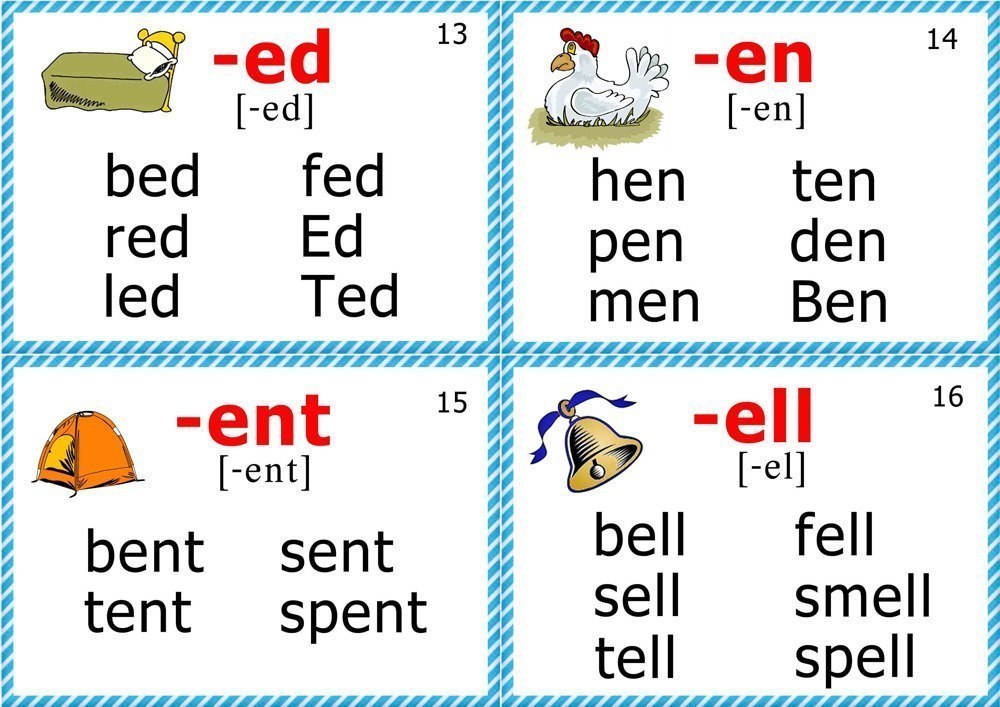
k k, c, q, que, ck, sometimes ch cat [kæt], kill [kil], queen [kwi:n], skin [skɪn], thick [θɪk], chaos [keiɒs] cat, kil, qui:n, sik, keyos l l lane [lein], clip [klɪp], bell [bel], milk [mɪlk], sould [səʊld] lane, clip, bel, milk, sould - has two sound options: pure /l/ before a vowel, “darkened” /ɫ/ before a consonant or at the end of a word m m man [mæn], them [ðem], moon [mu:n] man, zem, mu:n n n nest [nest], sun [sʌn] nest, san ŋ ng ring [rɪŋ], sing [sɪŋ], finger [fɪŋgə] 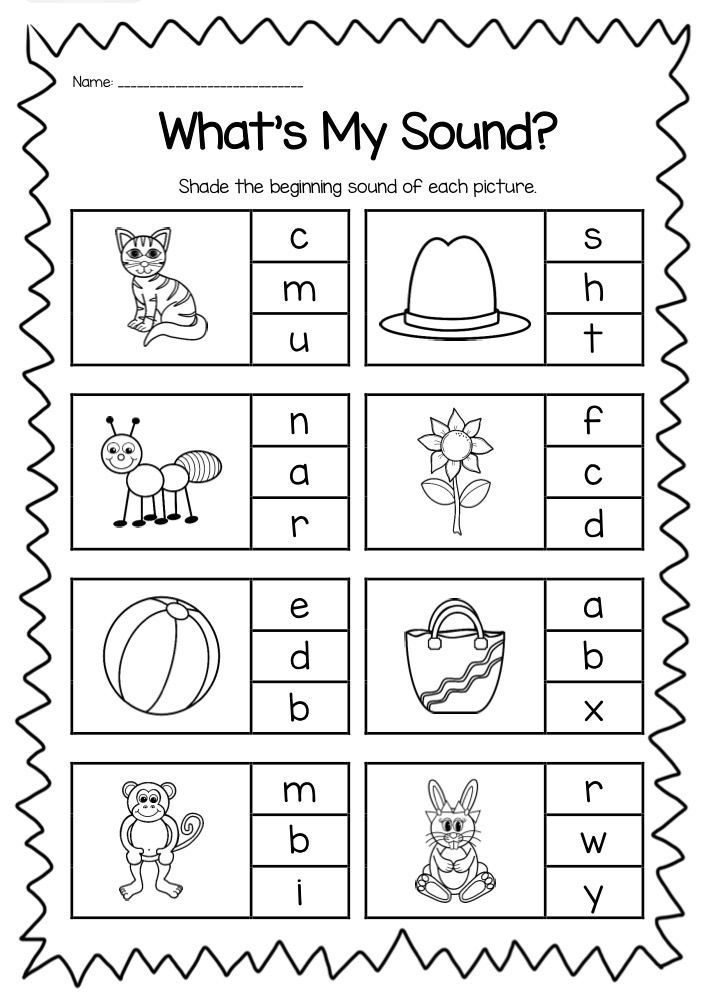
/ring/, /sing/, /finge/ p p pen [pen], spin [spɪn], tip [tɪp], happy [hæpɪ] pen, spin, type, happy r r rat [ræt], reply [rɪplaɪ], rainbow, [reɪnbəʊ] rat, ripple, rainbow - s s, sometimes c see [si:], city[sɪtɪ], pass [pɑ:s], lesson [lesn] si:, pa:s, forest ʃ sh, si, ti, sometimes s she [ʃi:], crash [kræʃ], sheep [ʃi:p], sure [ʃʊə], session [seʃn], emotion [ɪməʊʃn], leash [li:ʃ] shi:, crash, shi:p, shue, session, imashn, li:sh t t taste [teist], sting [stɪŋ] test, sting tʃ ch, sometimes t chair [ʧɛə], nature [neɪʧə] teach [ti:ʧ] beach [bi:ʧ] t t t θ th thing [θɪŋ], teeth [ti:θ], Athens [æθɪnz[ t sing, ty: t s, e t voiceless fricative - th this [ðɪs], mother [mʌðə] d sis, ma d ze – voiced fricative v v, sometimes f voice [vɔɪs], five [faɪv], of [ɔv] voice, file, ov w w, sometimes u wet [wet], window [wɪndəʊ], queen [kwi:n] in in em, in in indau, ku in i:n - [w] is similar to [u:] z z zoo [zu:], lazy [leɪzɪ] zu: lazy - g, si, z, sometimes s genre [ʒɑːŋr], pleasure [pleʒə], beige [beɪʒ], seizure [si:ʒə], vision [vɪʒən] genre e , Pleasure, Beige, B:Je, Vision dʒ j, sometimes g, dg, d gin [ʤɪn], joy [ʤɔɪ], edge [eʤ] gin, joy, ej English vowels
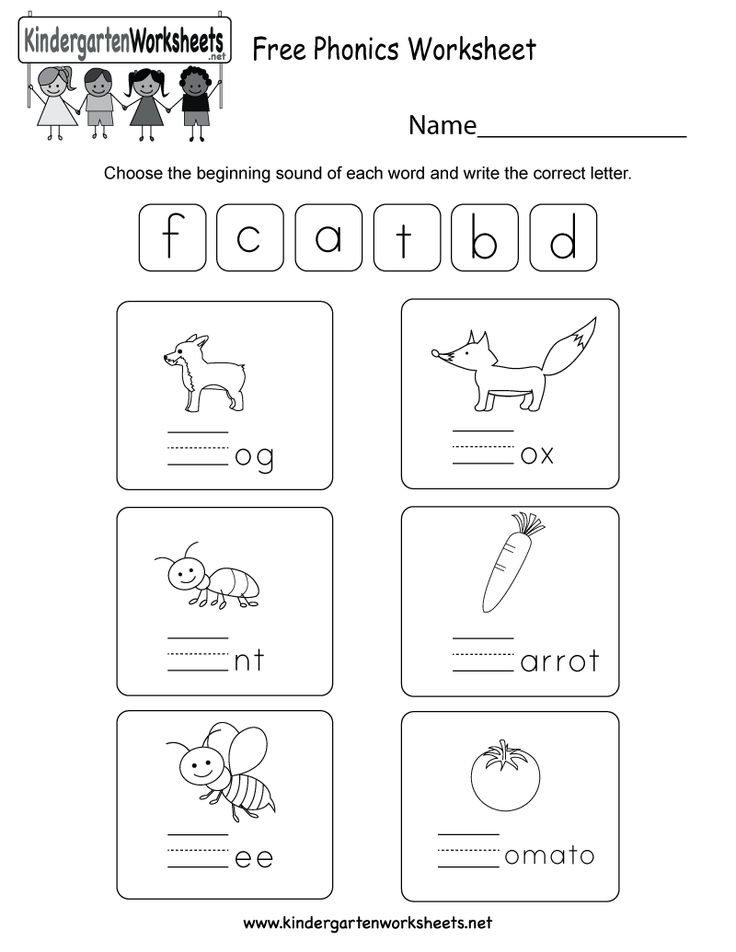
Rules for reading vowels
Sound Letter Examples [æ] a rag, sag, ram, jam, gap, sap mat [ɛ] and hen, pen, wet, bet, let [ɪ] and pig, wig, dig, pin, win, tin, tin, bit [ɒ] or hop, pop, top, hot, pot, lot [ʌ] and bug, lug, tug, hut, but, cut
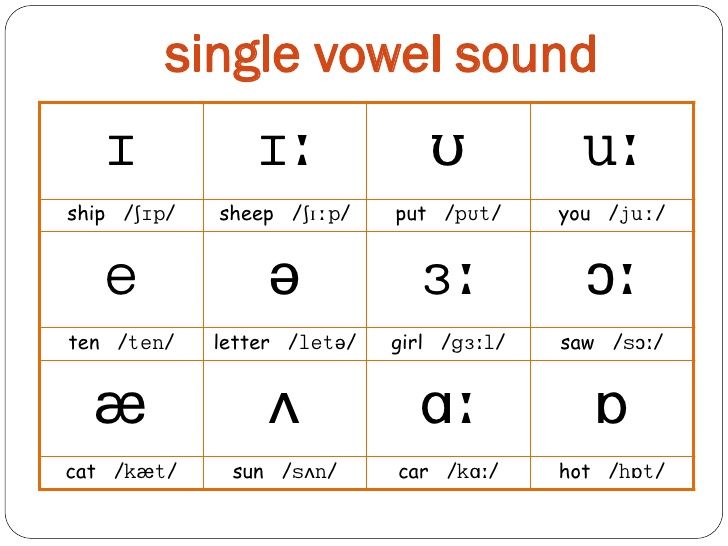
Sound Writing Examples A [eı] ai, ay, a+consonant+e name, mail, grey, ace E [i:] e, ee, ea, y, ie ,ei, i+consonant+e he, deep, beast, dandy, thief, receive, elite I[aı] i, i+gn, igh, y, i+ld, i+nd mine, sign, high, sky, wild, kind O [ou] o+consonant +e, oa, ow, o+ll, ld tone, road, note, know, roll, bold U[ju:] ew, ue, u + consonant + e few, due, tune 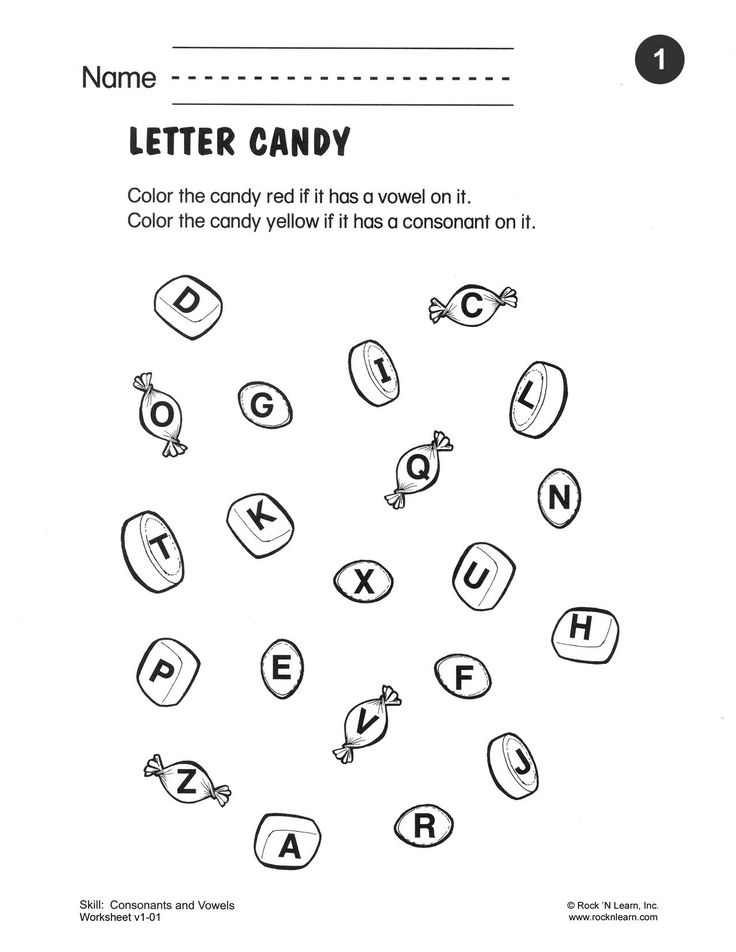
Features of vowel sounds in English
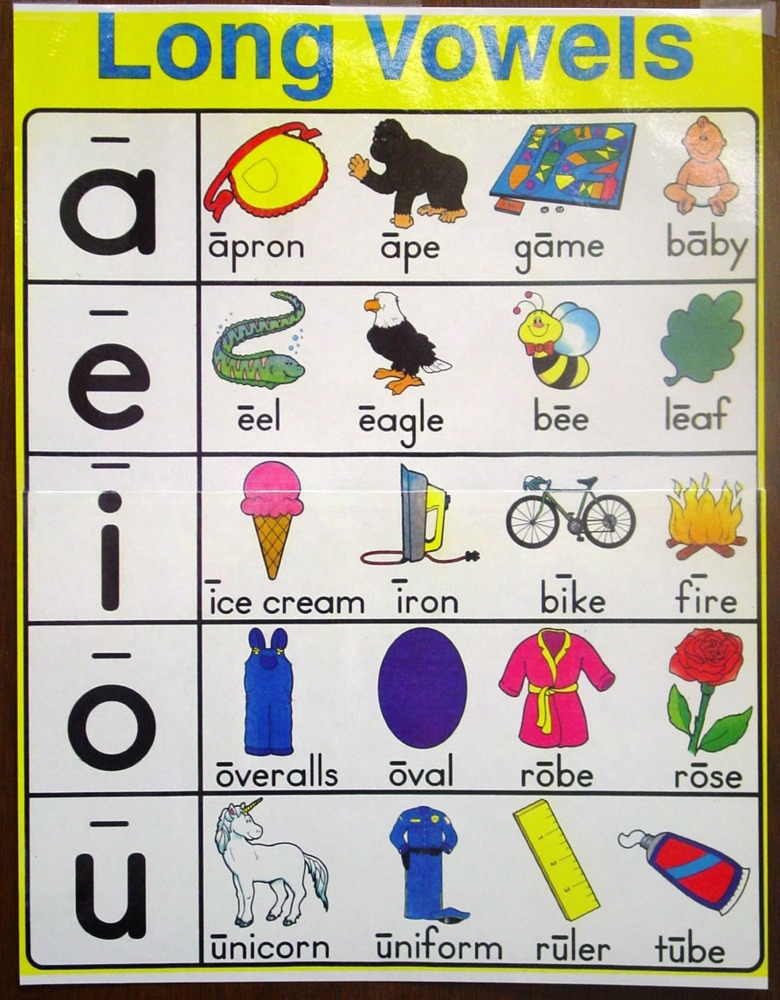 Technically, the tongue (or other parts of the vocal apparatus) moves when a vowel is pronounced - the first position is stronger than the second. In the transcription of a diphthong, the first character is the starting point of the body of the language, the second character is the direction of movement. For example, you should know that in /aj/ the body of the tongue is in the bottom center position represented by /a/ and immediately starts moving up and forward to the position for /i/.
Technically, the tongue (or other parts of the vocal apparatus) moves when a vowel is pronounced - the first position is stronger than the second. In the transcription of a diphthong, the first character is the starting point of the body of the language, the second character is the direction of movement. For example, you should know that in /aj/ the body of the tongue is in the bottom center position represented by /a/ and immediately starts moving up and forward to the position for /i/. 
ARVE Error: src mismatch
provider: youtube ?v=hFhW0NQTBV0
src in org: https://www.youtube-nocookie.com/embed/hFhW0NQTBV0?wmode=transparent&rel=0&feature=oembed
src in mod: https://www.youtube-nocookie.com/embed/hFhW0NQTBV0?wmode=transparent&rel=0
src gen org: https://www.youtube-nocookie.com/embed/hFhW0NQTBV0 Pronunciation table simple English vowels
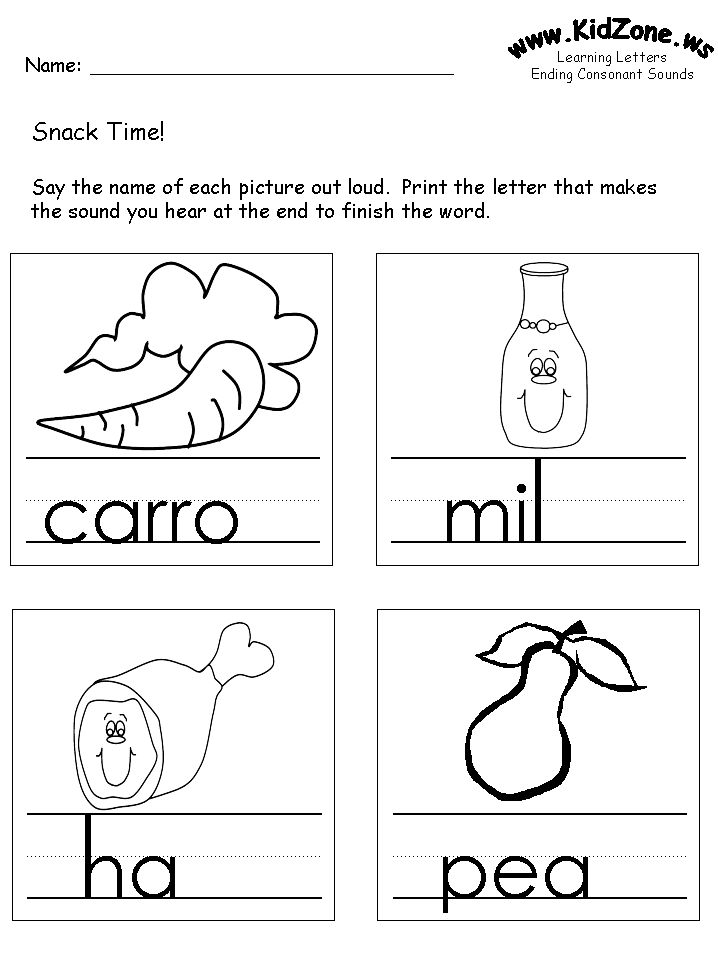
[ɪ] pit, kiss, busy pete, kitty, beezy [e] egg, let, red eg, years, revision [æ] apple, travel, mad apple, travel, med [ɒ] not, rock, copy music, rock, mine [ʌ] cup, son, money cap, dignity, mani [ʊ] look, foot, could bow, foot, cool [ə] ago, away egeu, evai [i:] be, meet, read bi:, mi:t, ri:d [ɑ:] arm, car, father a:m, ka:, fa: d ze [ɔ:] door, saw, pause to:, from:, to: from [ɜ:] turn, girl, learn cho:n, gyo:l, le:n [u:] blue, food, too blu:, fu:d, tu: Diphthong pronunciation table
[eɪ] day, pain, rein dei, pein, rein [oʊ] cow, know kou, know [aɪ] wise, island visa, island [aʊ] now, trout nau, trout [ɔɪ] noise, coin noiz, coin [ɪə] near, hear nee, chie [ɛə] where, air [ʊə] pure, tourist p (b) yue, tu e rist Learn the transcription of English words
 The reason for this is the difference between phonetics and phonemics, this is already a topic of linguistics.
The reason for this is the difference between phonetics and phonemics, this is already a topic of linguistics. 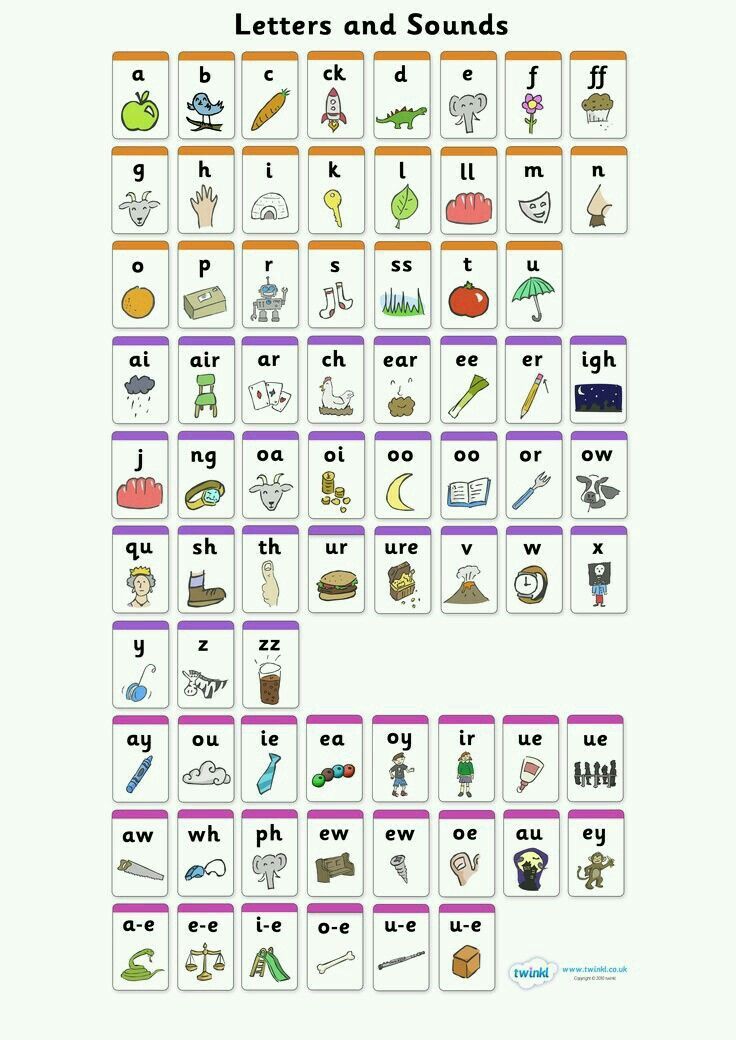
English alphabet with pronunciation, transcription and translation. Letters and sounds of the English alphabet
How many letters are in the English alphabet
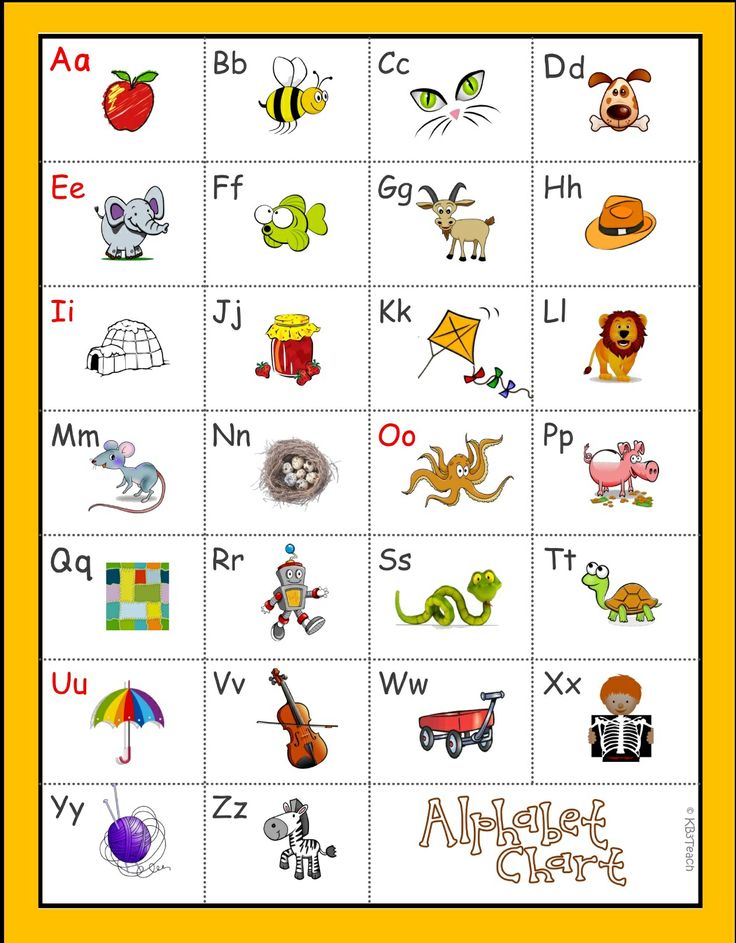
Direct number Letter Reverse number 1 a 26 2 B b 25 3 C c 24 4 D 23 5 e 22 6 F 21 7 G g 20 8 H h 19 9 I i 18 9 I i 18 10 J 17 11 K k 16 12 L l 15 13 M m 14 14 N n 13 15 O o 12 16 P p 11 17 Q q 10 18 r 9 19 S s 8 20 T t 7 21 U u 6 22 V v 5 23 W w 4 24 x 3 25 Y y 2 26 Z z 1
Incidentally, the letter Y can stand for both a vowel and a consonant, and therefore refers to both vowels and consonants.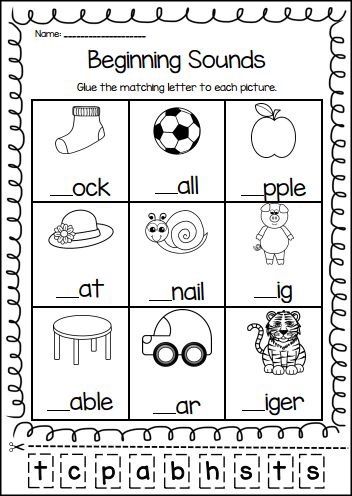
Almost all letters of the English alphabet are pronounced the same by Americans and British, except for the last one. The American alphabet differs in that the letter Z is pronounced as "zi" [ziː], and in the British - "zed" [zed].
Promo code for English lessons at Skyeng
Take your promo code and get up to 3 English lessons at our school as a gift
Pronunciation of the English alphabet with the names of letters in English and Russian:
Below is a table where we have outlined the English alphabet with translation - transcription and pronunciation in Russian.
| | ||
|---|---|---|
| Letter | Transcription | pronunciation |
| a | [eɪ] | hey |
| B b | [biː] | bi |
| C c | [siː] | si |
| D d | [diː] | di |
| e | [iː] | and |
| F f | [ɛf] | eff |
| G g | [dʒiː] | ji |
| H h | [eɪtʃ] | h |
| I i | [aɪ] | ai |
| J | [dʒeɪ] | jay |
| K k | [keɪ] | key |
| L l | [ɛl] | el |
| M m | [ɛm] | em |
| N n | [ɛn] | en |
| O o | [əʊ] | ou |
| P p | [piː] | pi |
| Q q | [kjuː] | cue |
| R r | [ɑː] or [ɑɹ] | a:, ar |
| S s | [ɛs] | es |
| T t | [tiː] | and |
| U u | [juː] | y |
| V v | [viː] | and |
| W w | [ˈdʌb(ə)l juː] | double |
| x | [ɛks] | ex |
| Y y | [waɪ] | wye |
| Z z | [zɛd], [ziː] | zed, zi |
Sounds of the English alphabet
We start learning English letters even before we encounter foreign language lessons.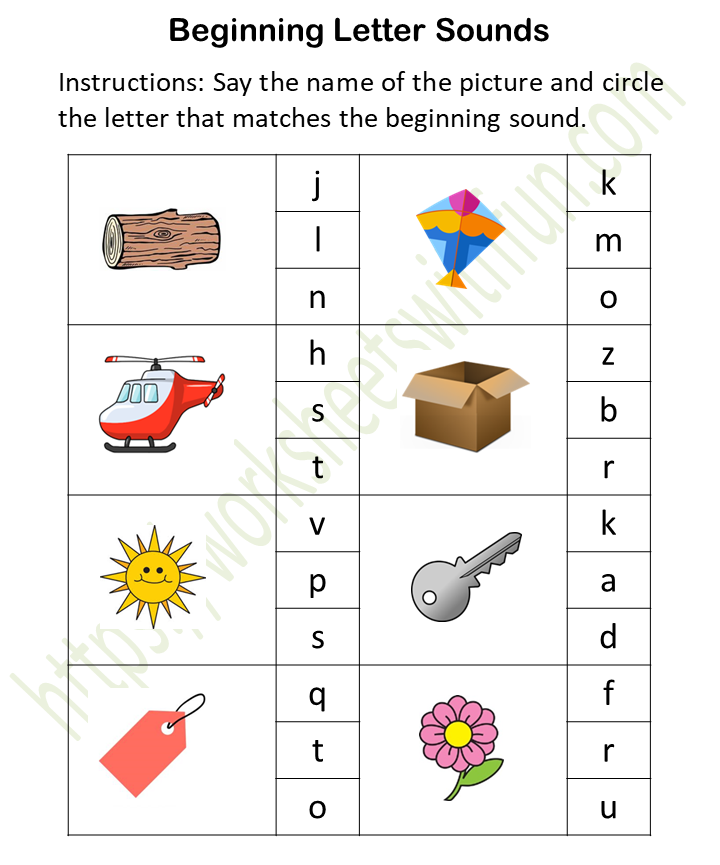 We know them even before we start learning English: we meet them at work, when we play computer games or surf the Internet. English words are found everywhere: on advertising posters, in the names of goods, in store signs.
We know them even before we start learning English: we meet them at work, when we play computer games or surf the Internet. English words are found everywhere: on advertising posters, in the names of goods, in store signs.
Although letters may be visually familiar to us, they are not always pronounced the way they are written. The alphabet of the English language for beginners with pronunciation, numbering and translation will help here, because even those who are fluent in foreign languages find it difficult to speak correctly. A typical situation is to spell an English word, for example, to give an email address, your name or street in English. This is where the difficulties begin, and we try to explain ourselves with images and associations: i - “like a stick with a dot”, H - “like a Russian n”, s - “like a dollar”, v - “like a tick.
From here it is better to memorize not only the letters, but also their pronunciation. The latter is written by transcription and enclosed in square brackets.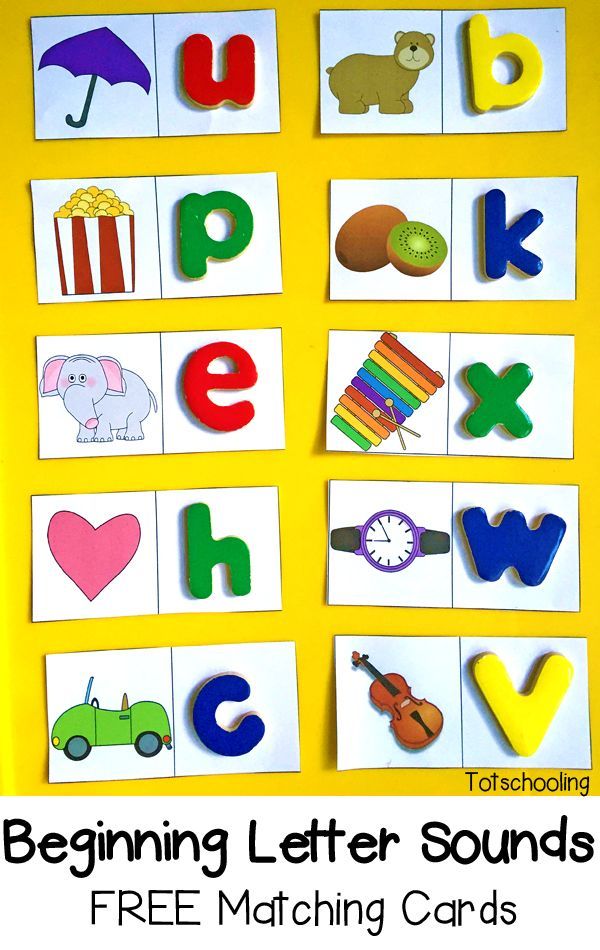 At first, it will be easier for you to memorize transcription with Russian pronunciation, but gradually you need to give it up and focus only on English transcription.
At first, it will be easier for you to memorize transcription with Russian pronunciation, but gradually you need to give it up and focus only on English transcription.
How to learn the English alphabet
Learning the alphabet is not just memorizing the order of the alphabet in English, Russian or Spanish, or knowing how many non-letters there are. To know the alphabet is to be able to pronounce sounds, as well as to write lowercase and uppercase letters correctly. In order to learn the entire alphabet of the English language easily, quickly and forever, follow these rules:
- Memorize both uppercase and lowercase letters of the English alphabet at the same time, pay attention to how English letters are written.
- Learn both the name of English letters and the correct pronunciation, use the alphabet with transcription. It is easier to remember this at the same time than to relearn it later.
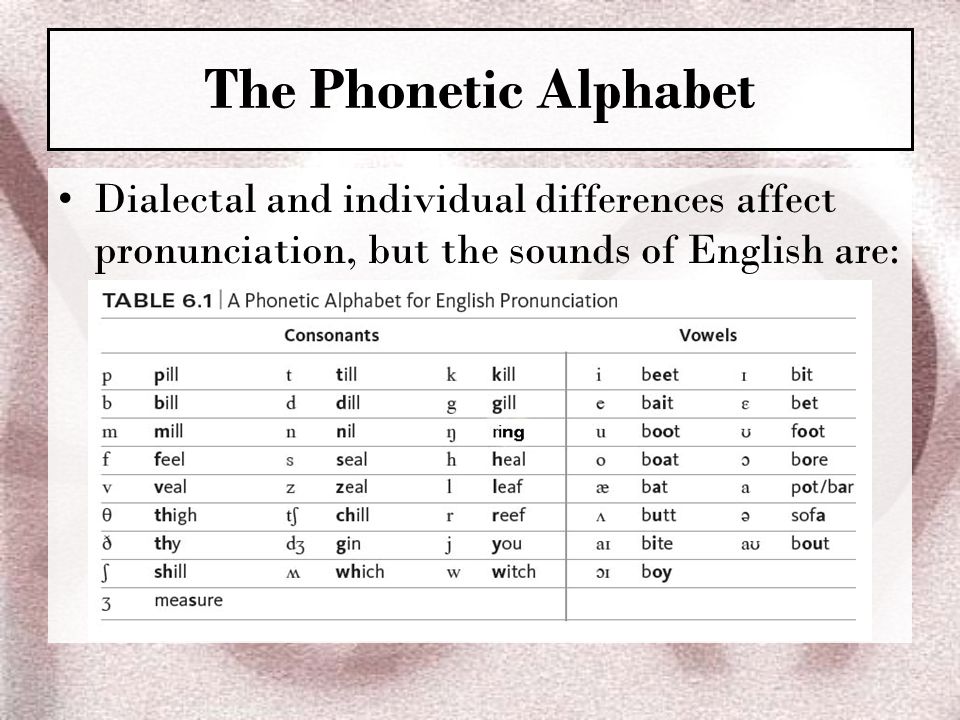
- Use all available resources: use audio recordings, videos of examples of correct pronunciation, printed texts, Internet resources.
- Learn the English alphabet in order, like in the ABC. Then change tactics: start studying the letters backwards, randomly, grouping.
- Exercise regularly, preferably every day for at least a few minutes. If you are tired of learning the same letters, take any children's book in English. Maybe you will not understand the meaning of what is written, but you will definitely be able to recognize and name this or that letter.
Another good way to learn the alphabet is to memorize a special rhyme. It is very short, but it will help to know every letter by heart:
Do you know your ABC?
You can learn along with me!
A, B, C, D, E, F, G,
H, I, J, K,
L, M, N, O, P U, V,
W, X, Y and Z
Now, I know my ABC's.
Next time won't you sing with me?
And the last piece of advice. Divide all letters into three large groups and learn them in three stages: the first group is 6 vowels: Aa, Her, Ii, Oo, Uu, Yy. Do not forget about transcription and remember that in English vowels can change their sound depending on the type of syllables, stress and other conditions; the second group of letters includes those that are written and pronounced similarly to Russian letters. They are easy to remember: Bb, Cc, Dd, Kk, Ll, Mm, Nn, Pp, Ss, Tt, Xx; the third group consists of those letters that sound and are written unfamiliar to native Russian speakers: Ff, Gg, Hh, Jj, Qq, Rr, Vv, Ww, Zz.
Methods and techniques for memorizing the English alphabet
There are many ways to learn the English alphabet from scratch that are suitable for both adults and children.
The most popular way to learn the English alphabet is through tables. You can print the English alphabet tables from this article or search for others: English alphabet by numbers; English alphabet with numbering of letters, etc. Hang them over your desk and browse and read aloud whenever you have a free moment. The main thing is to memorize the alphabet with the pronunciation of sounds.
You can print the English alphabet tables from this article or search for others: English alphabet by numbers; English alphabet with numbering of letters, etc. Hang them over your desk and browse and read aloud whenever you have a free moment. The main thing is to memorize the alphabet with the pronunciation of sounds.
One of the most effective ways is to make colored cards with the letters and words that begin with them and post them in a prominent place. These cards can be made by yourself or bought in the store. It is better to use well-known words, for example, the names of animals.
You can train with special exercises, for example, this one: get a special notebook and write down letters in several lines in it - both uppercase and lowercase letters of the English alphabet. And when writing, dictate to yourself aloud the name of the letter. This exercise includes all three main types of memory: auditory, visual and motor.
Don't forget about games that will help you learn the English alphabet. For example, Spell the word or “Spell the word” - whoever spells it wrong first loses. And you can also read the alphabet at speed, write letters correctly by ear, pronounce the letters written on the card, and so on. The audio alphabet of the English language with pronunciation has proven itself well. A student can independently master the letters and sounds just by listening to the recording. The main thing is to be systematic.
For example, Spell the word or “Spell the word” - whoever spells it wrong first loses. And you can also read the alphabet at speed, write letters correctly by ear, pronounce the letters written on the card, and so on. The audio alphabet of the English language with pronunciation has proven itself well. A student can independently master the letters and sounds just by listening to the recording. The main thing is to be systematic.
Interesting facts about the English alphabet
Learning the sounds and letters of the English language will be more fun if you know a few interesting facts about the alphabet:
- The English alphabet can be called by its first letters "ABC";
- The English word alphabet comes from the Latin alphabet, where alpha and beta were the first letters of the alphabet. But even before the Latin alphabet, they were the first letters of the Phoenician alphabet (alef and bet), which arose in 1050 BC.
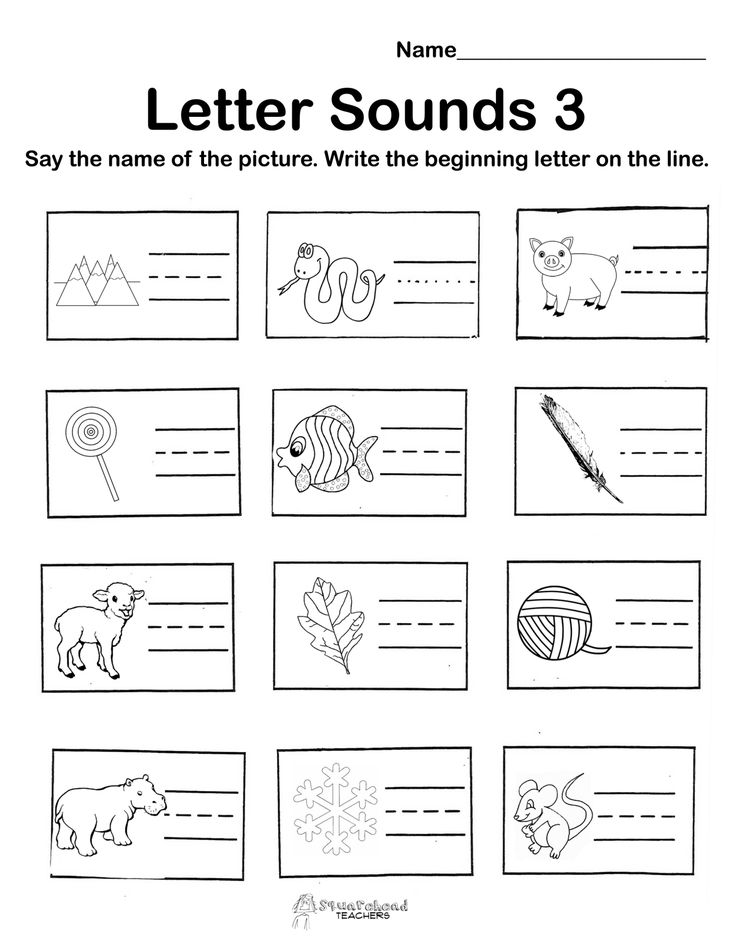 e.
e. - The article the is the most common word in the English language.
- The most common letter of the English alphabet is E, and the most common consonant is T. The letters S and T are most common at the beginning of English words. The rarest letters in the alphabet are Q and Z.
- In English there are only 5 vowels and as many as 20 vowels! For example, the letters Y and W can be pronounced as vowels (try, my, cow, few). The same letter can be read in several ways, for example, in the words cat [kæt], place [pleis], dark [daːk], air [ɛə].
- All 26 letters of the English alphabet can be put into a sentence or pangram that shows how each letter of the font will look like: "The quick brown fox jumps over the lazy dog" (loosely translated: "The quick brown fox jumps over the lazy dog." English analogue - "Eat some more of these soft French rolls and drink tea").
Conclusion
English speakers remember their alphabet much more often than Russian speakers, because in English the pronunciation of a word often does not match its spelling.